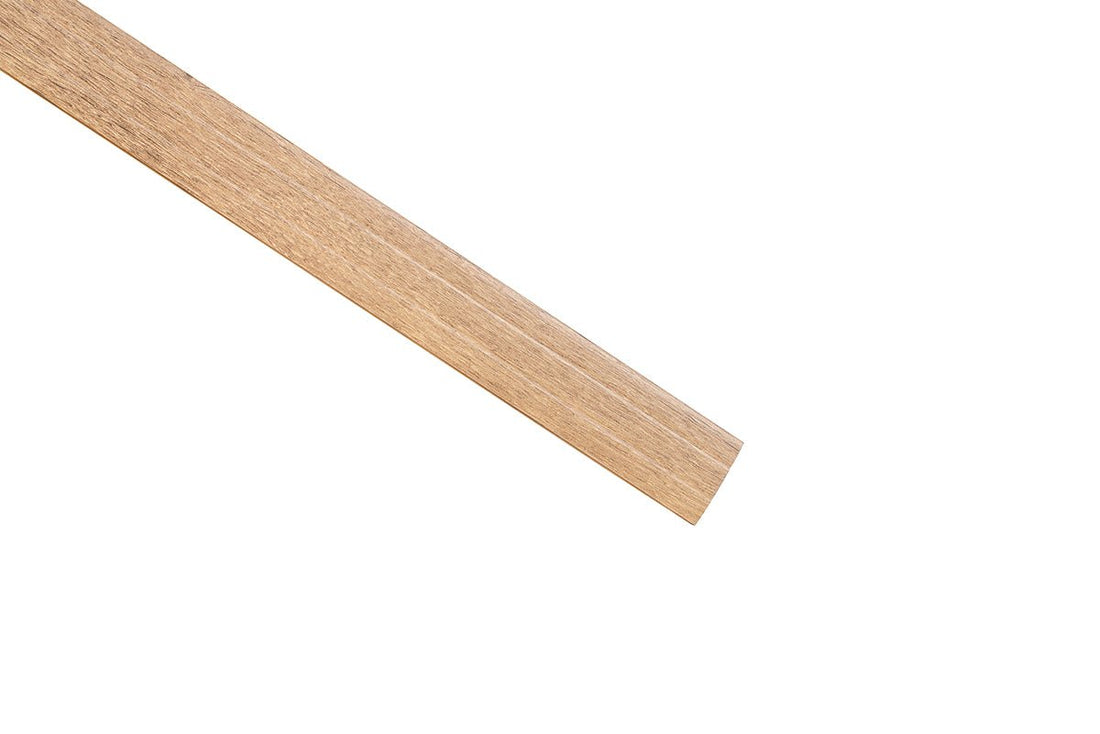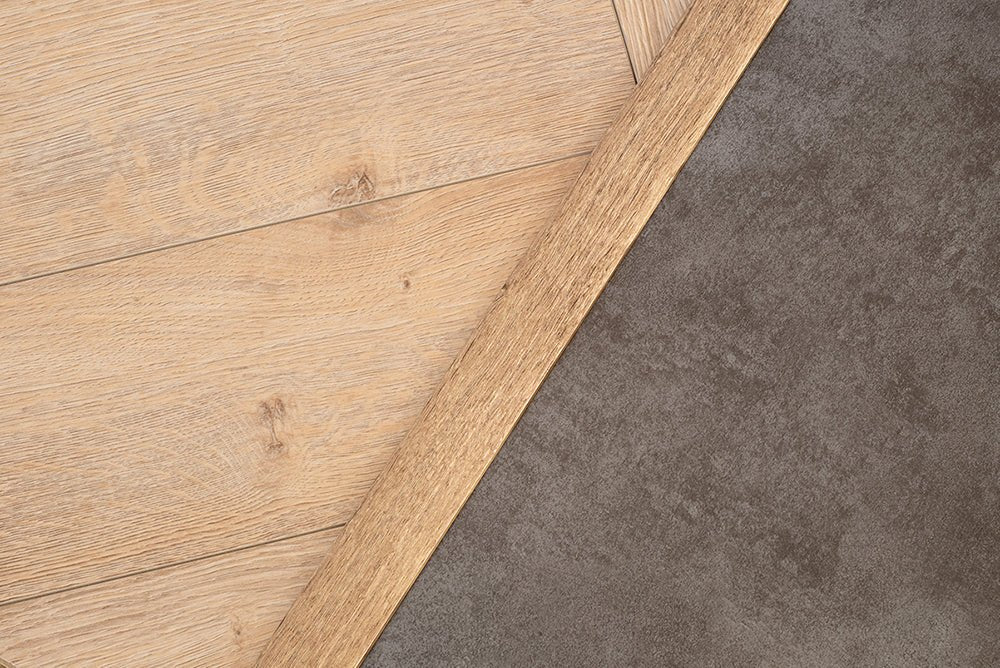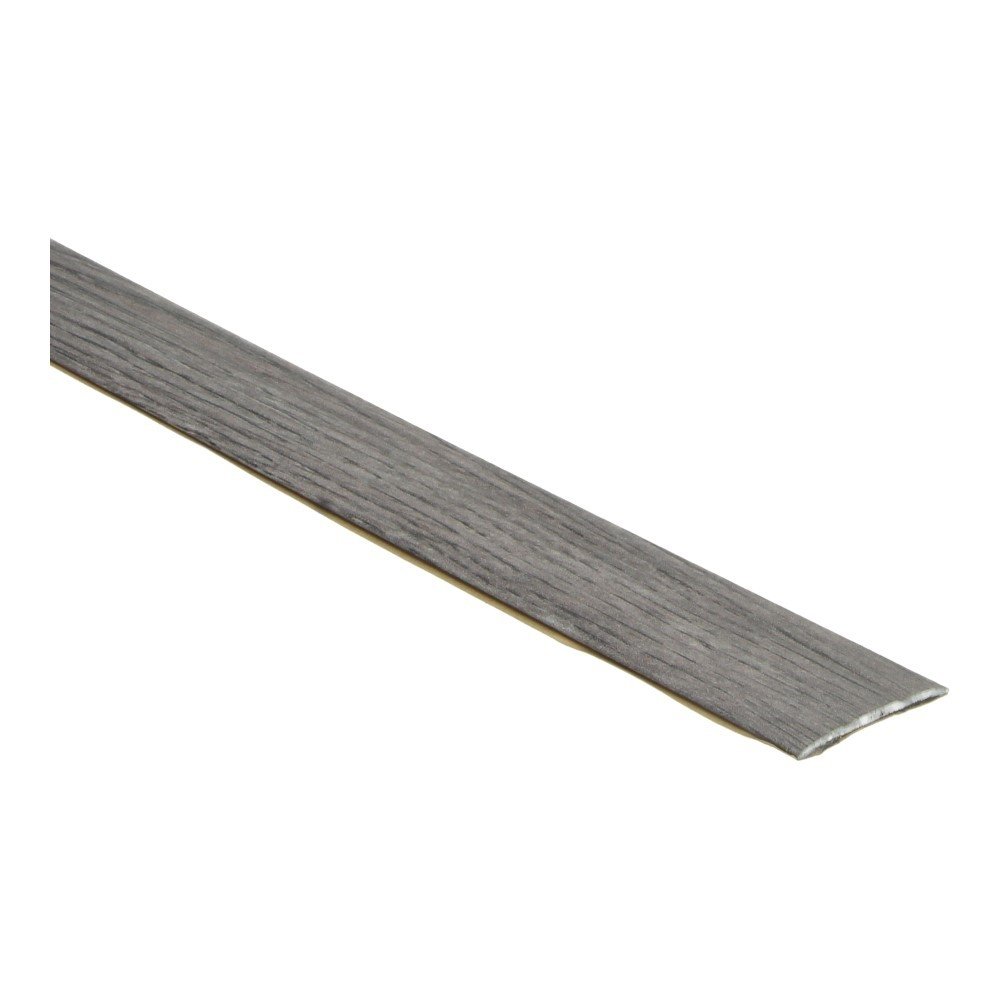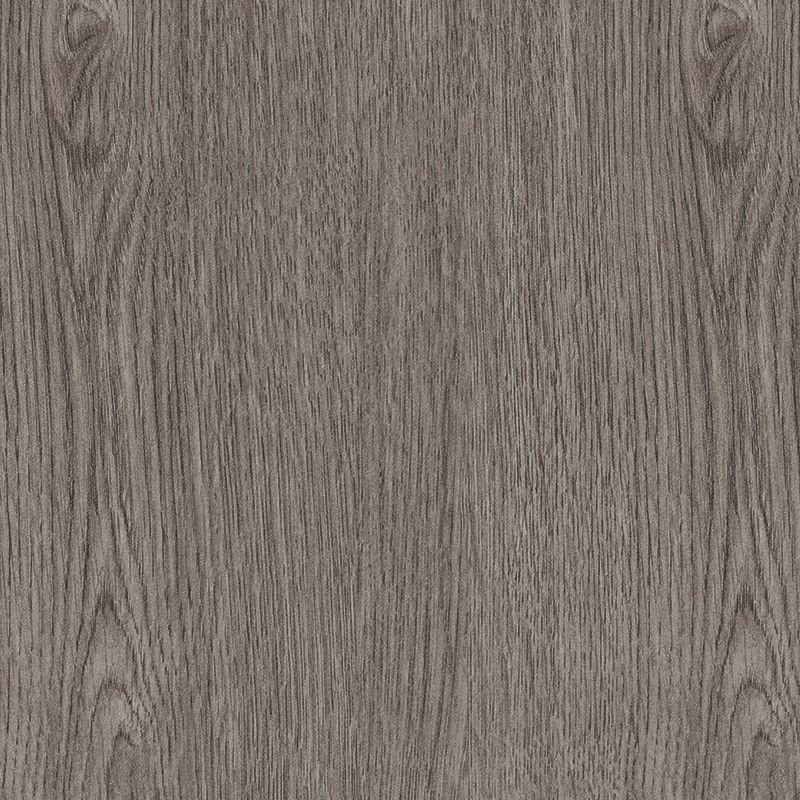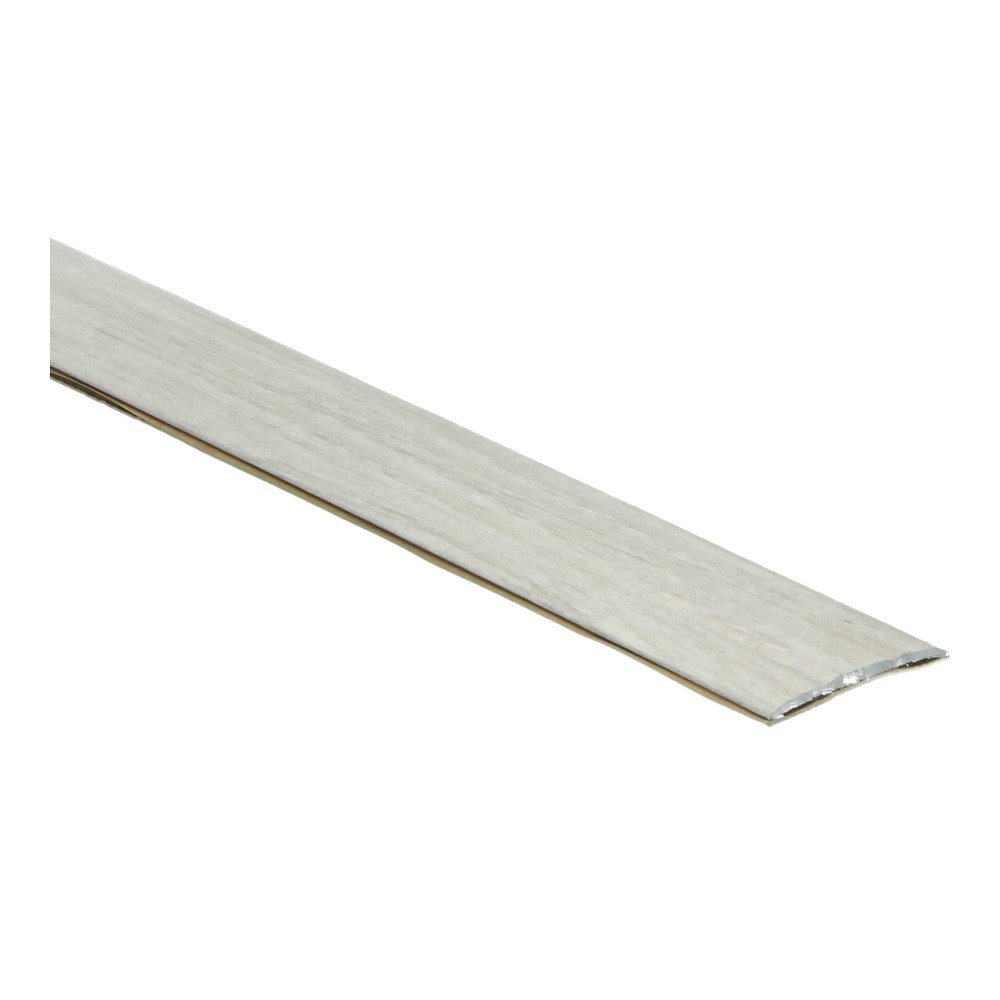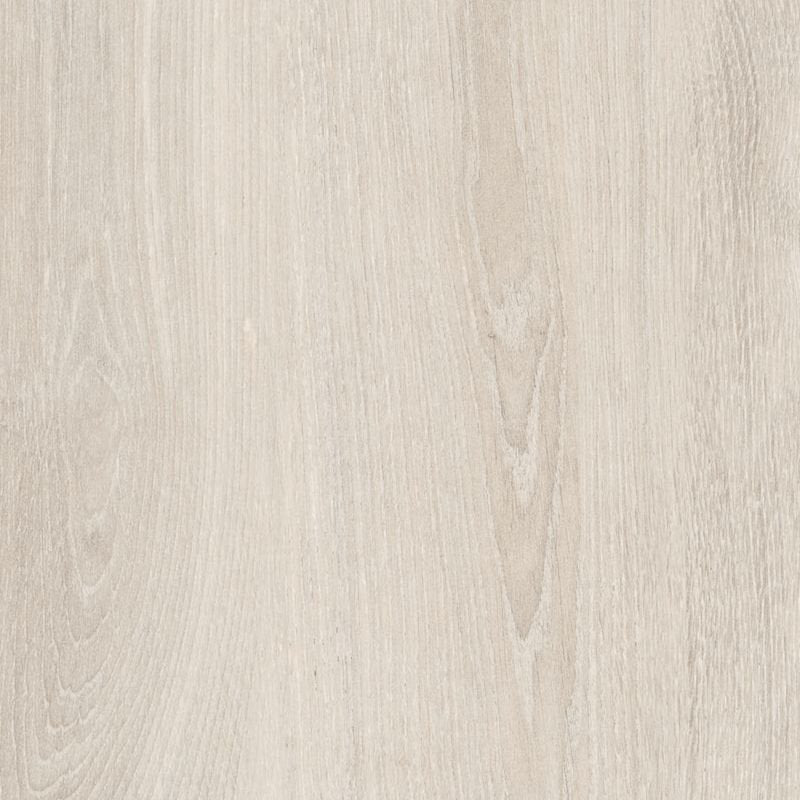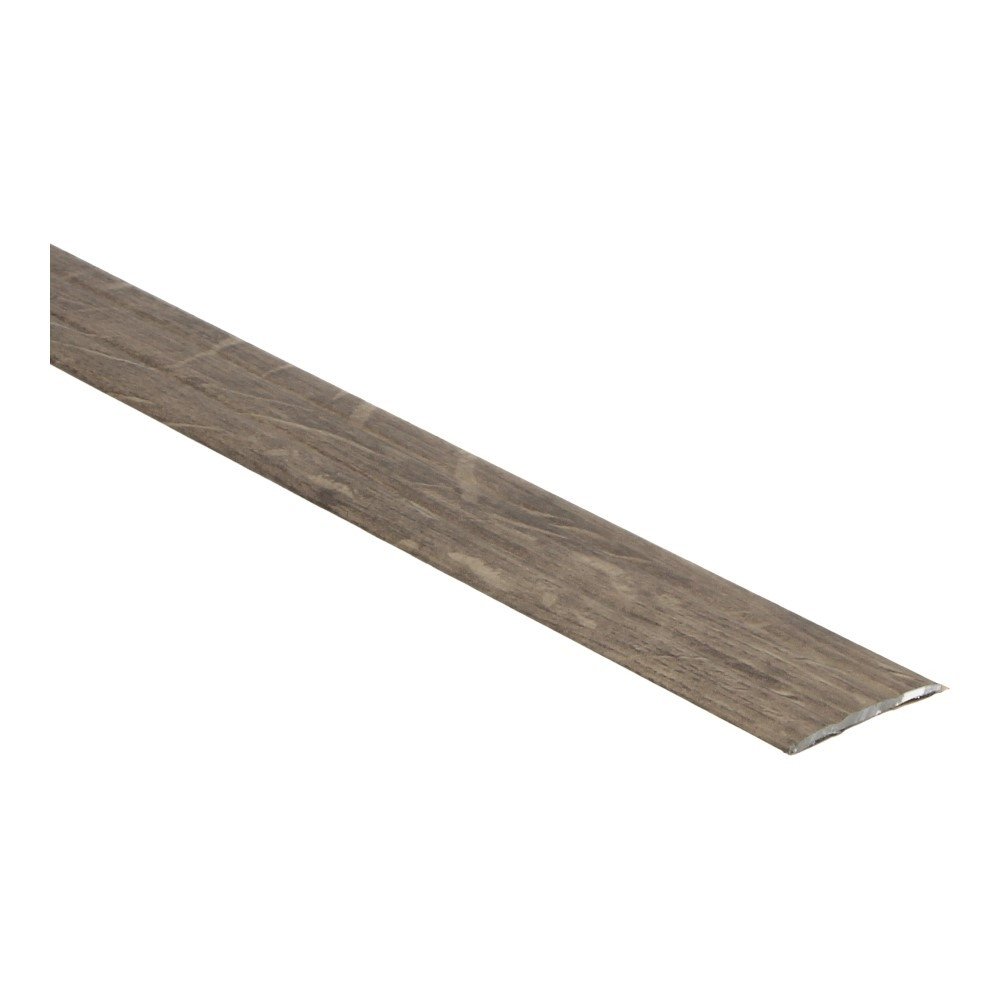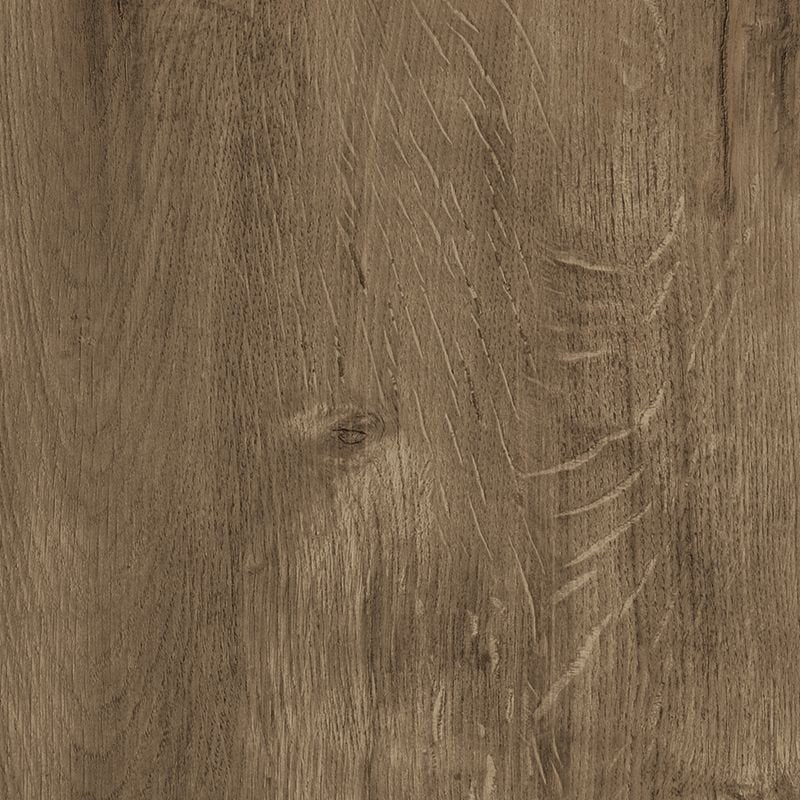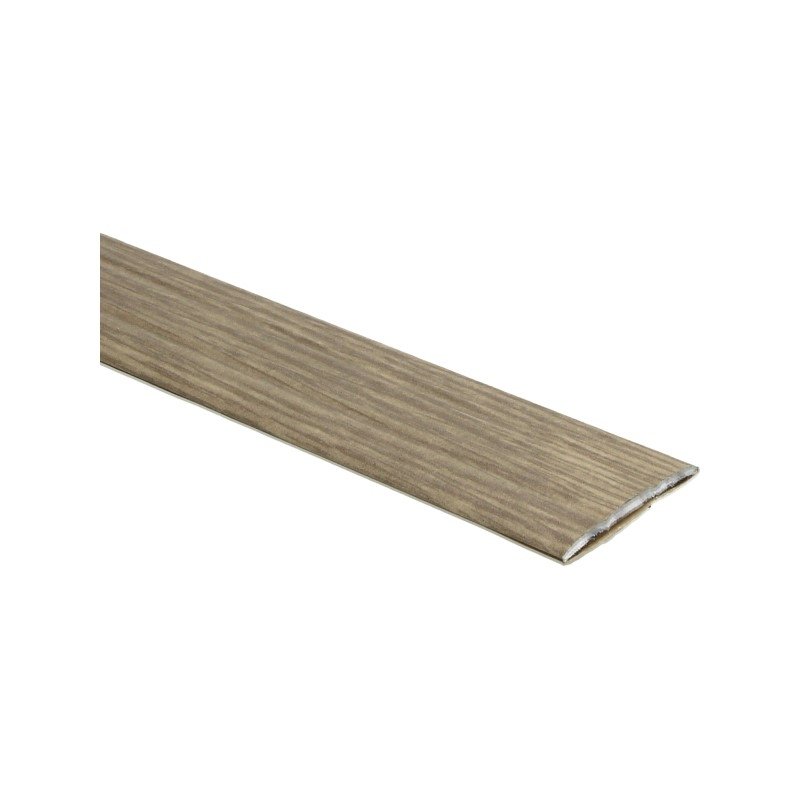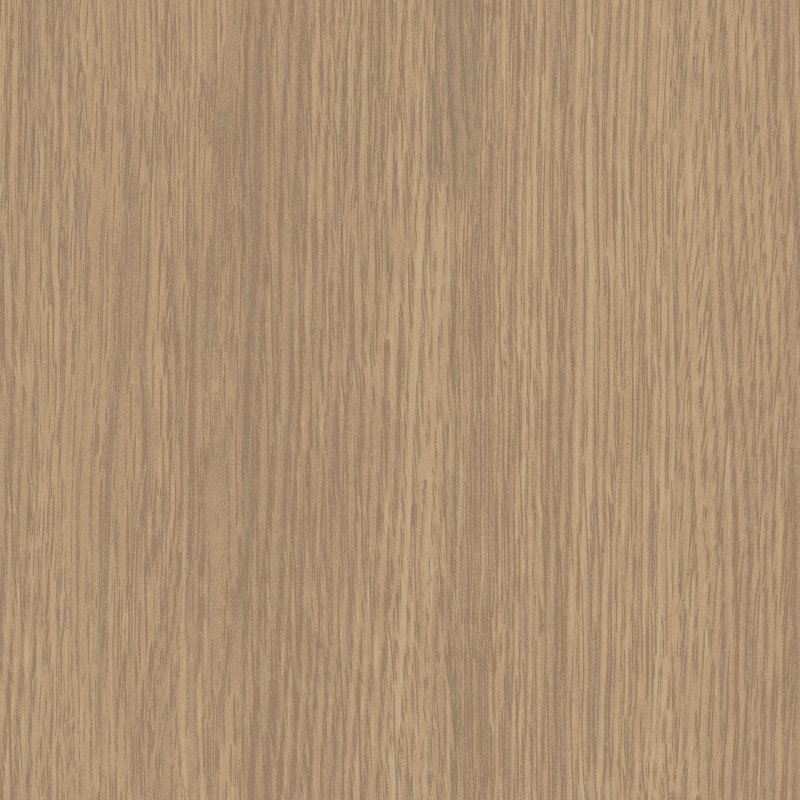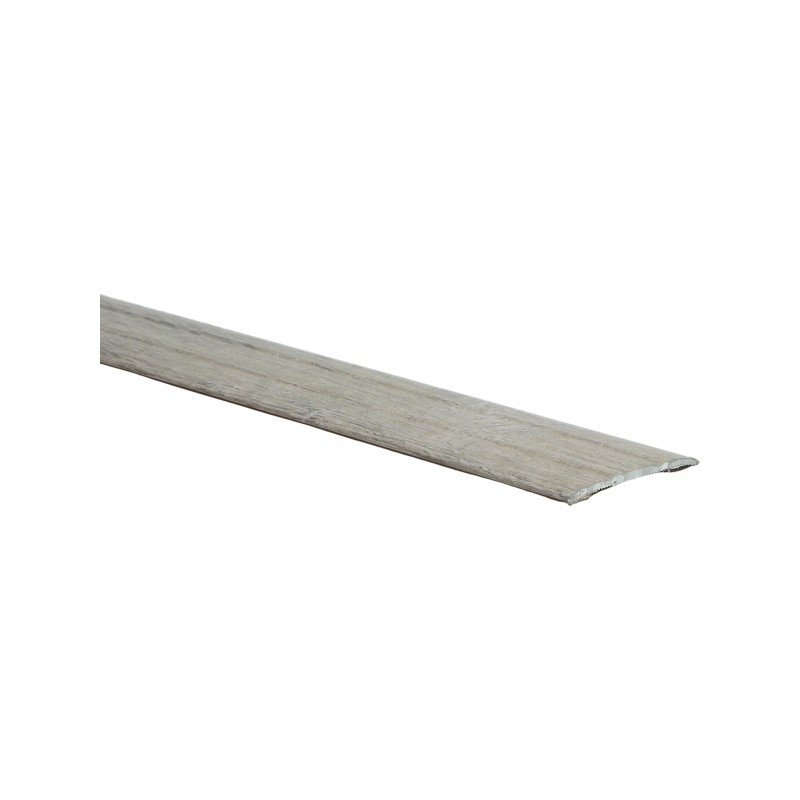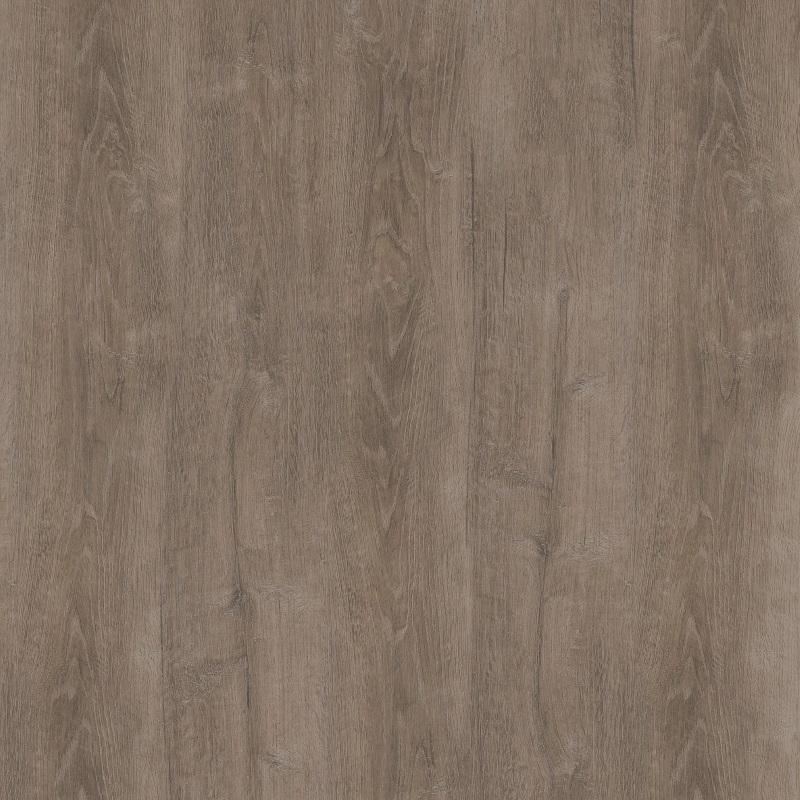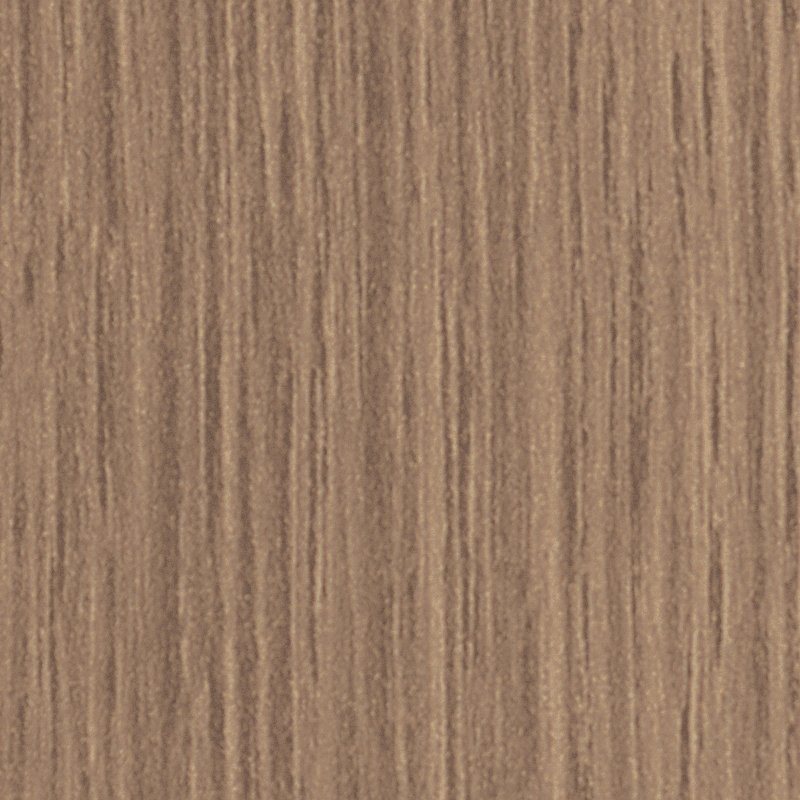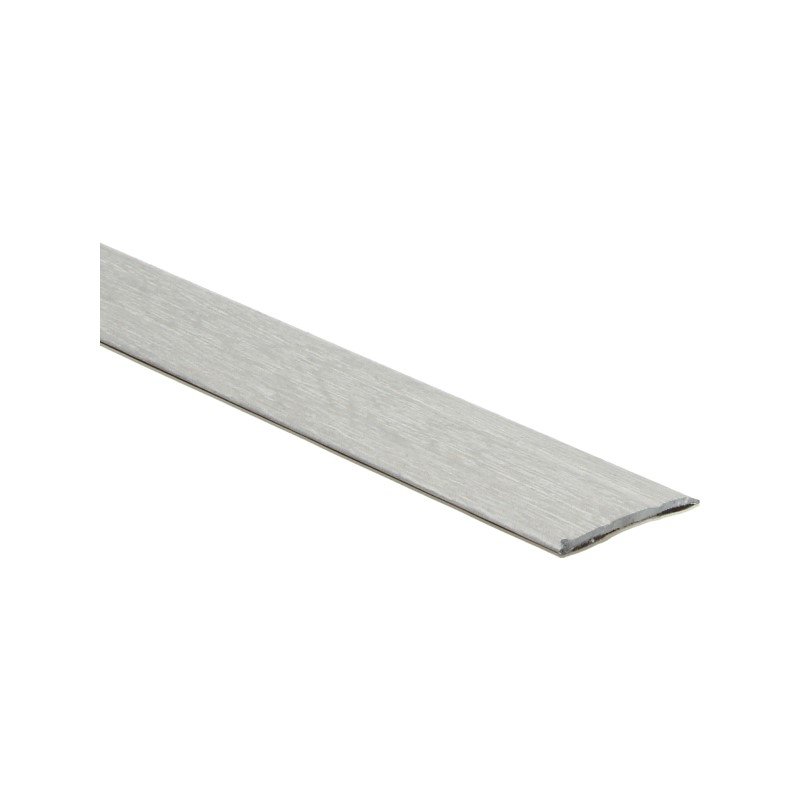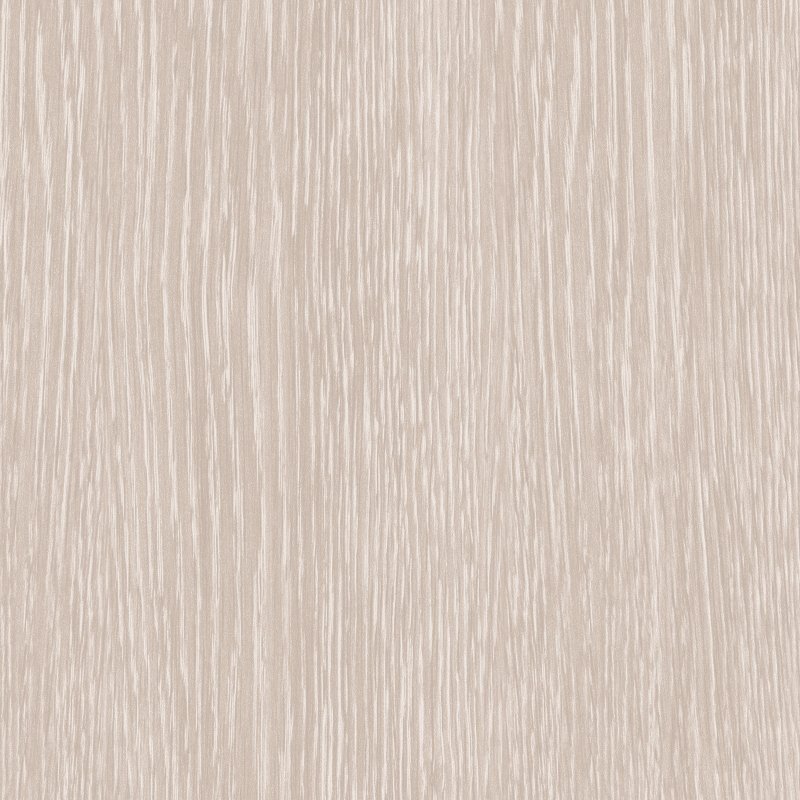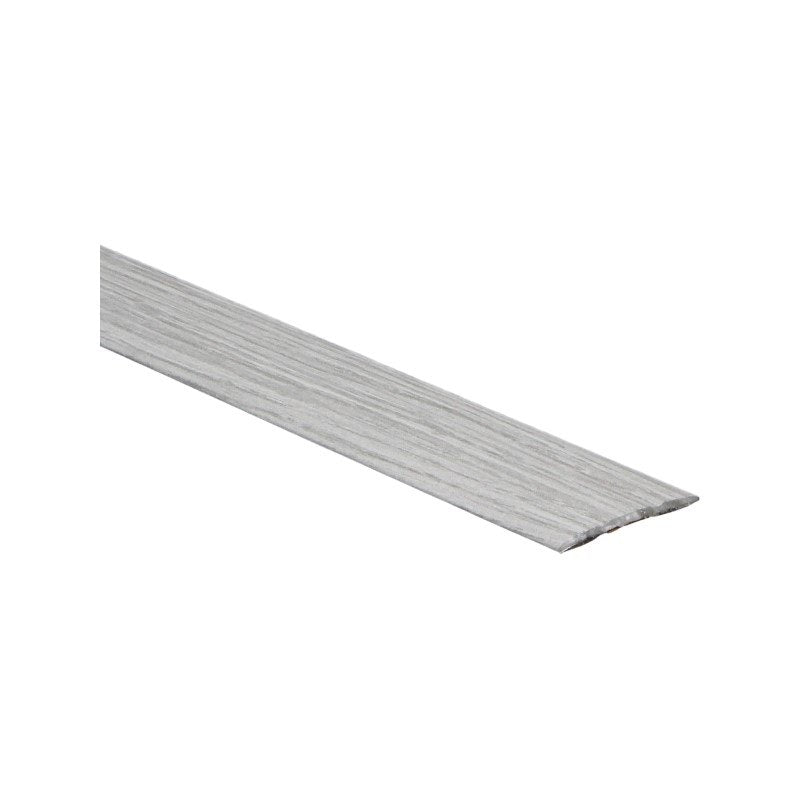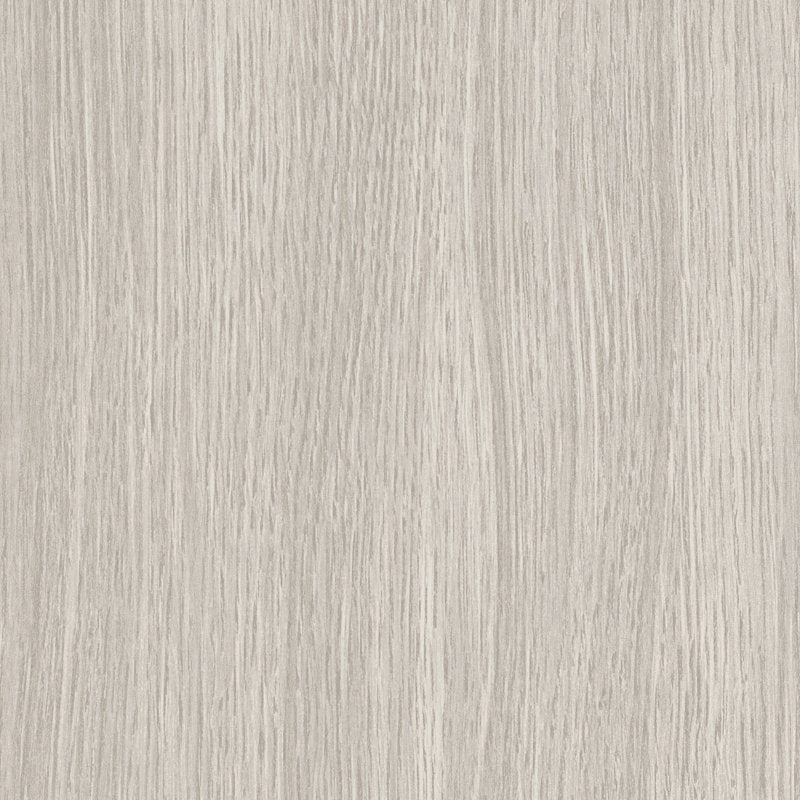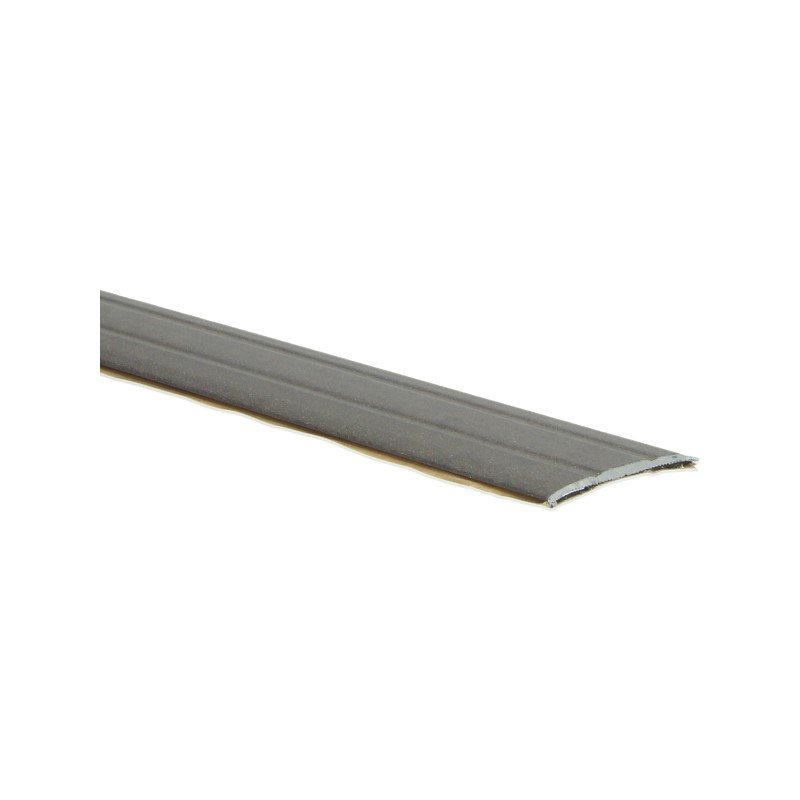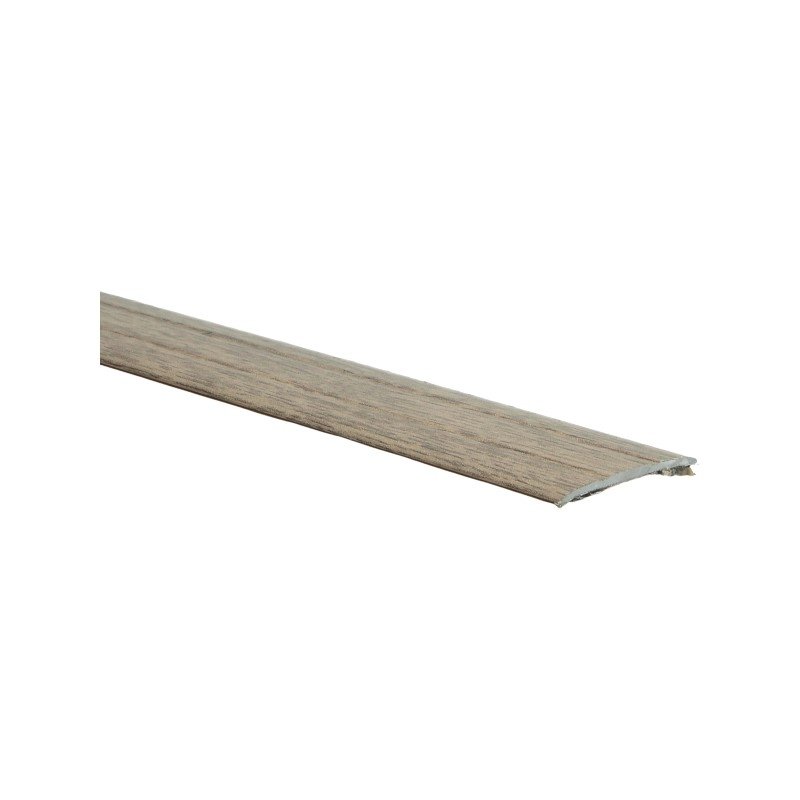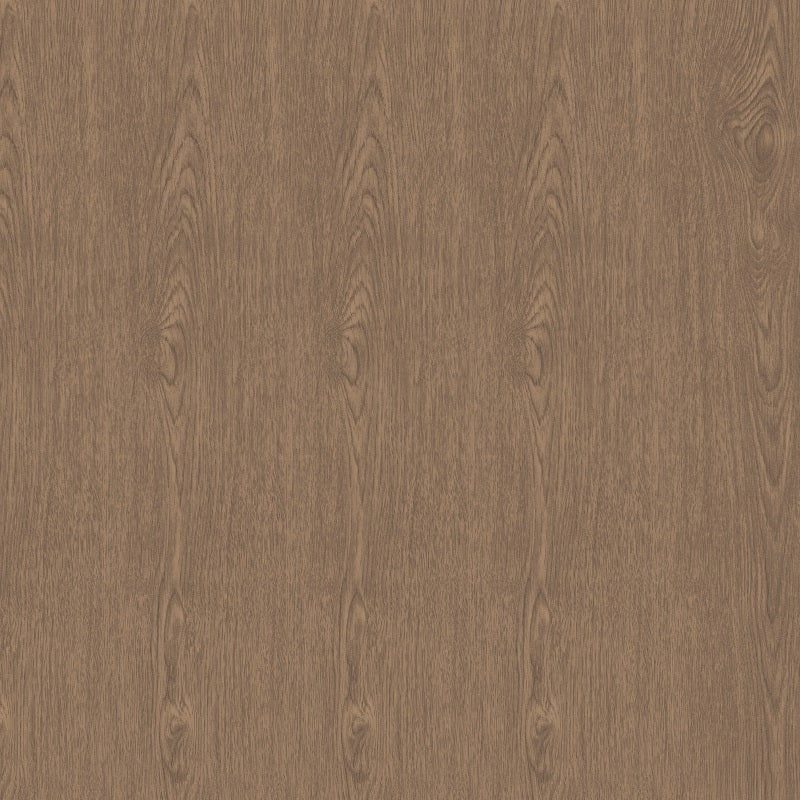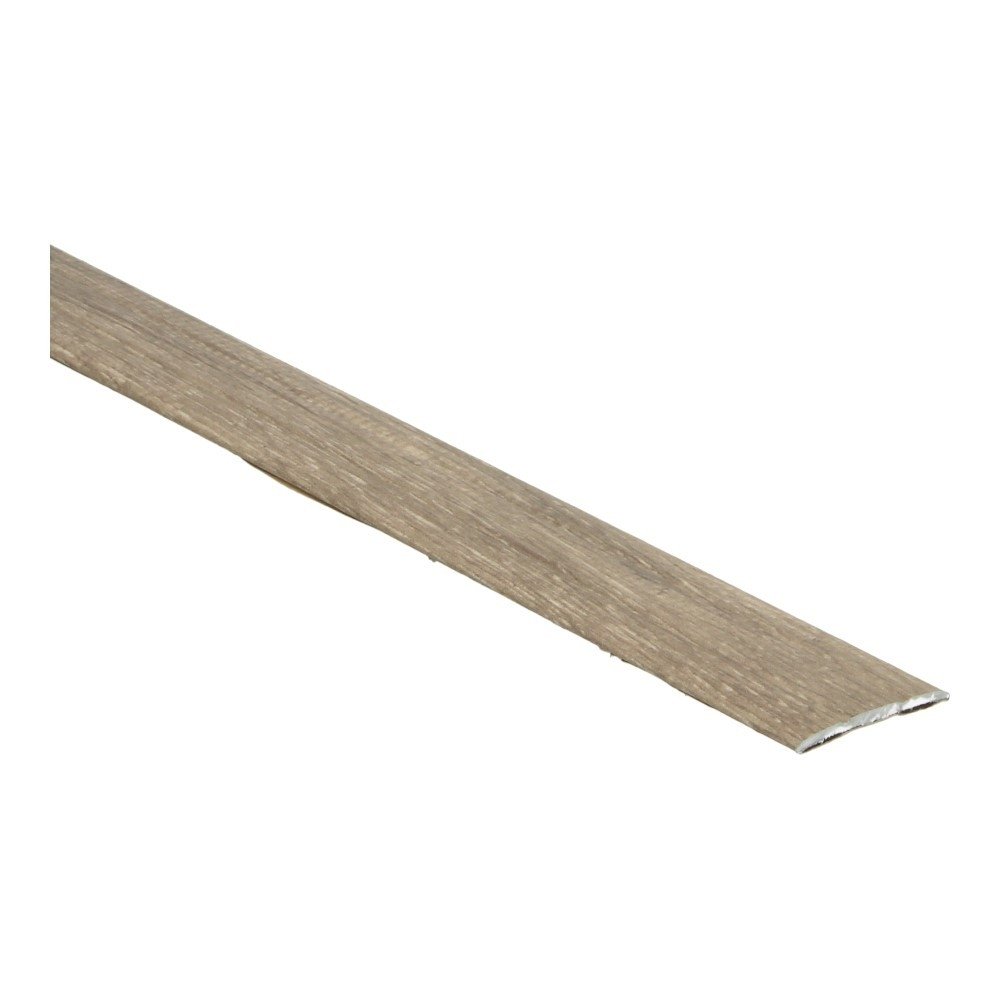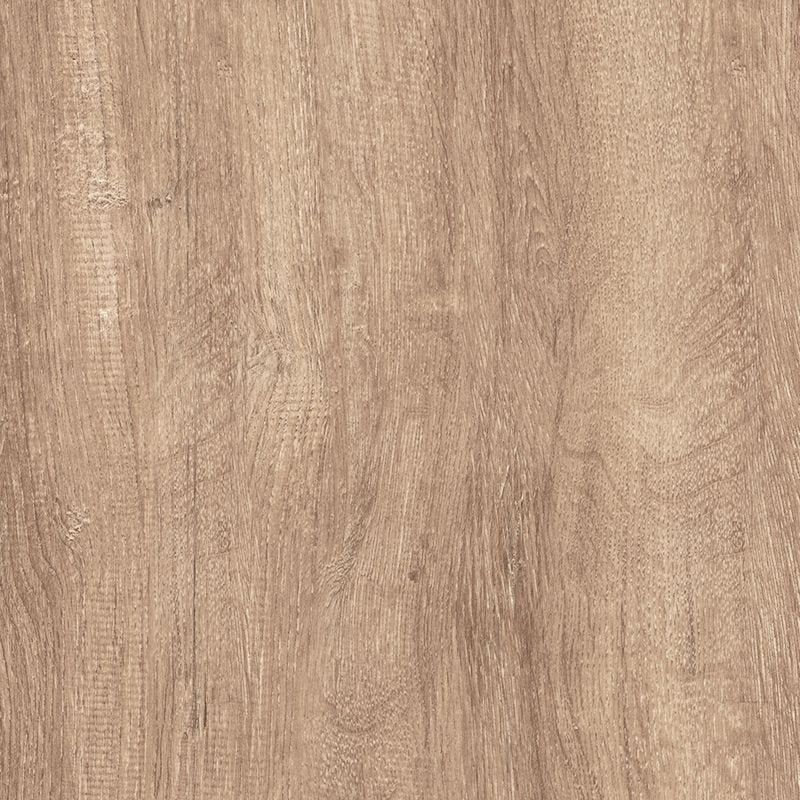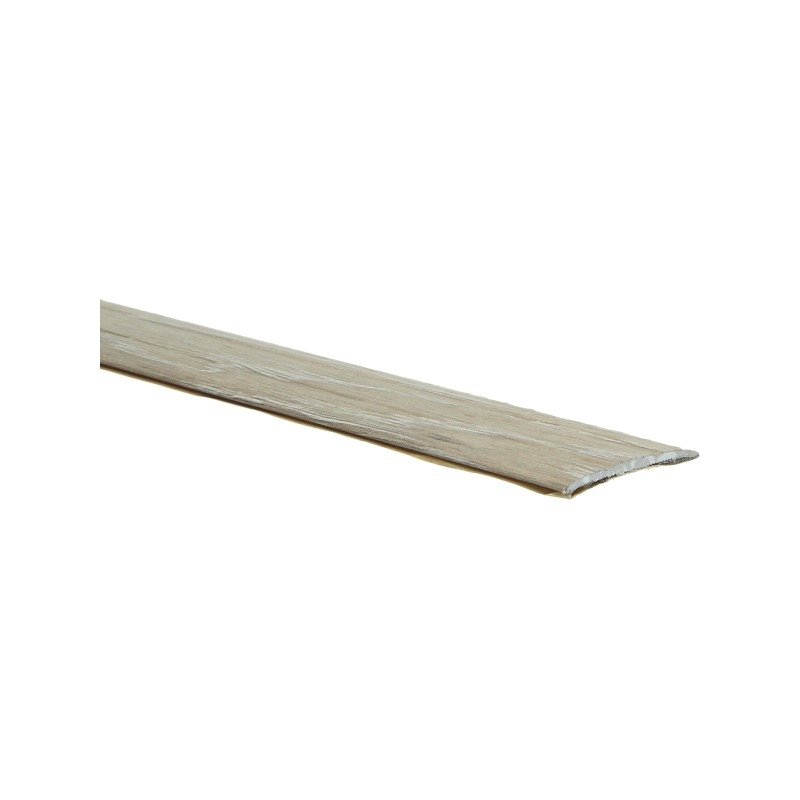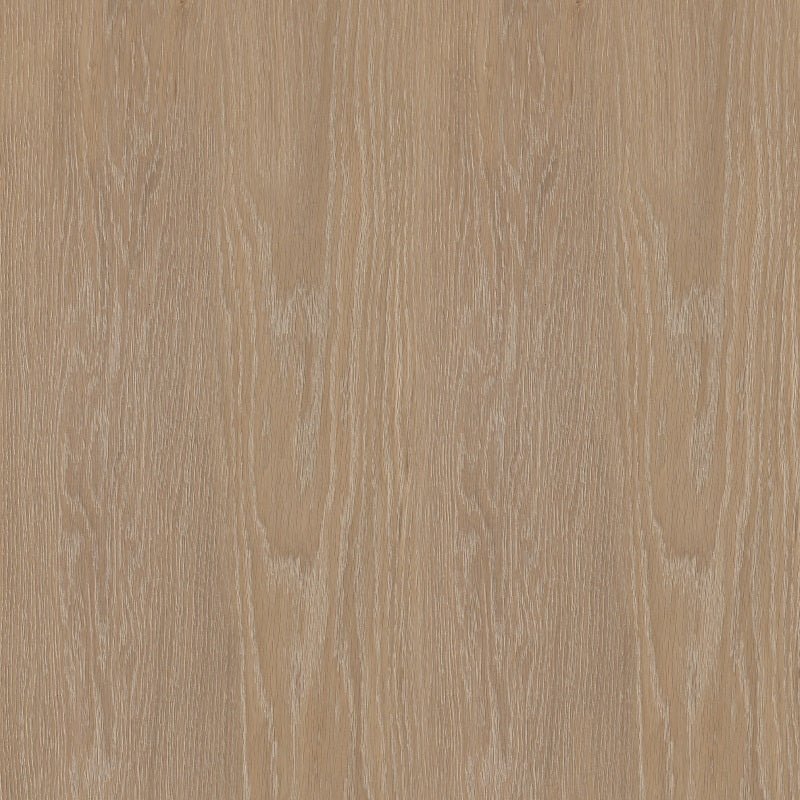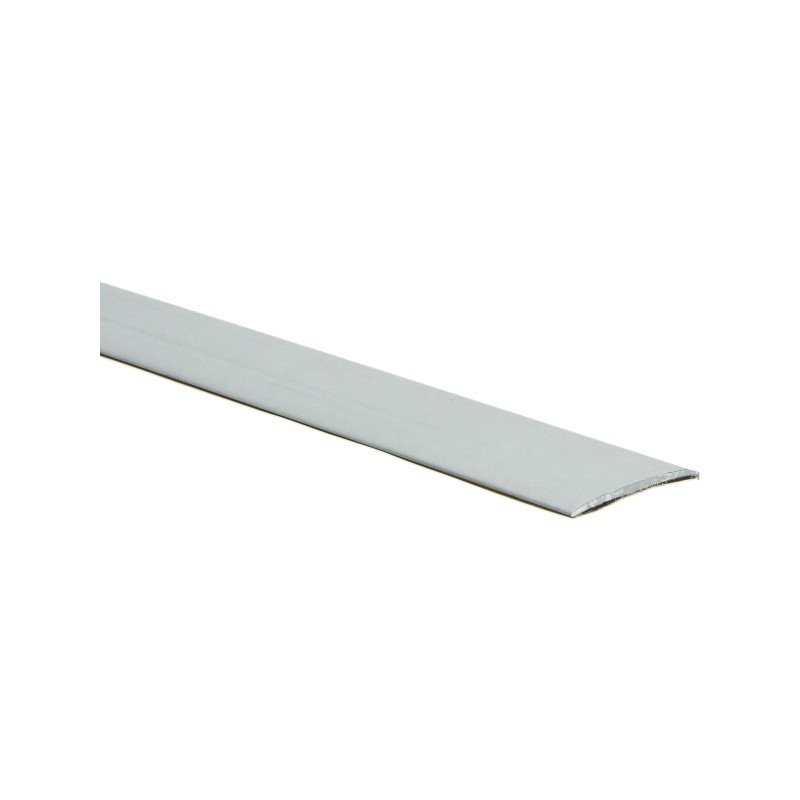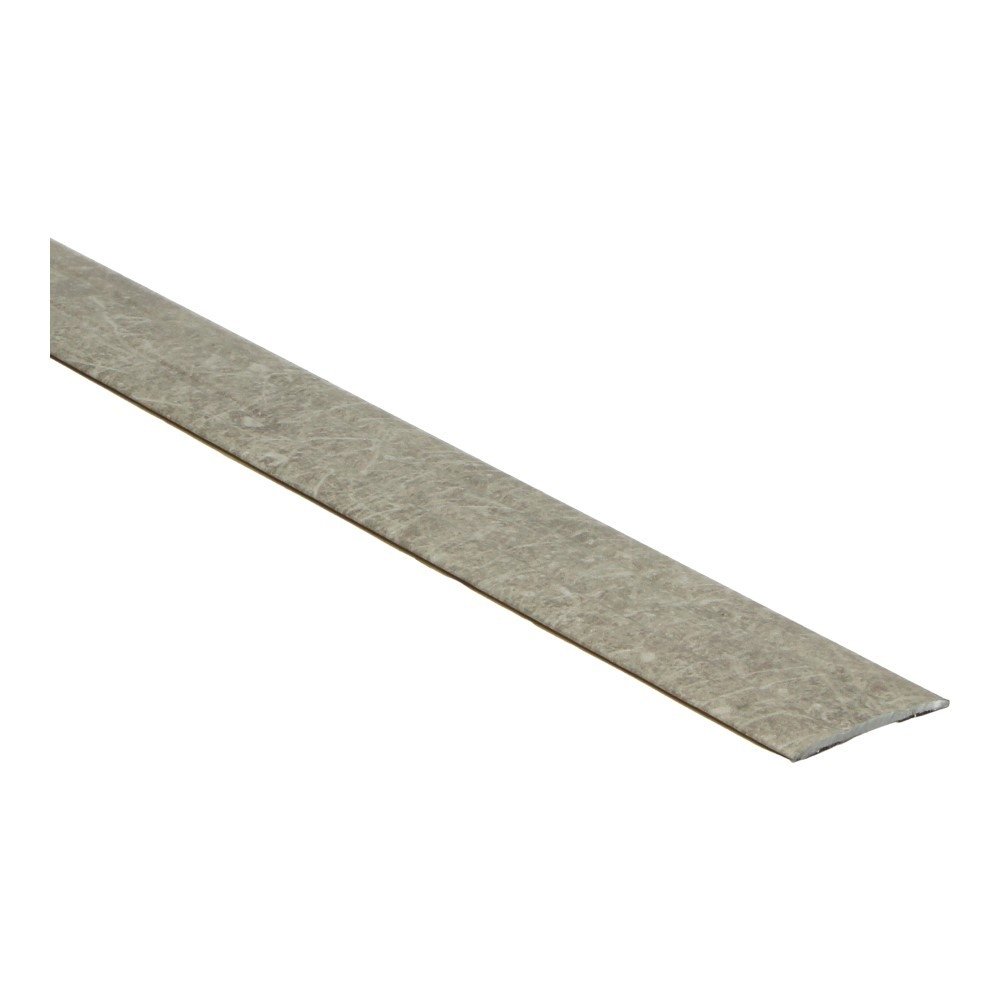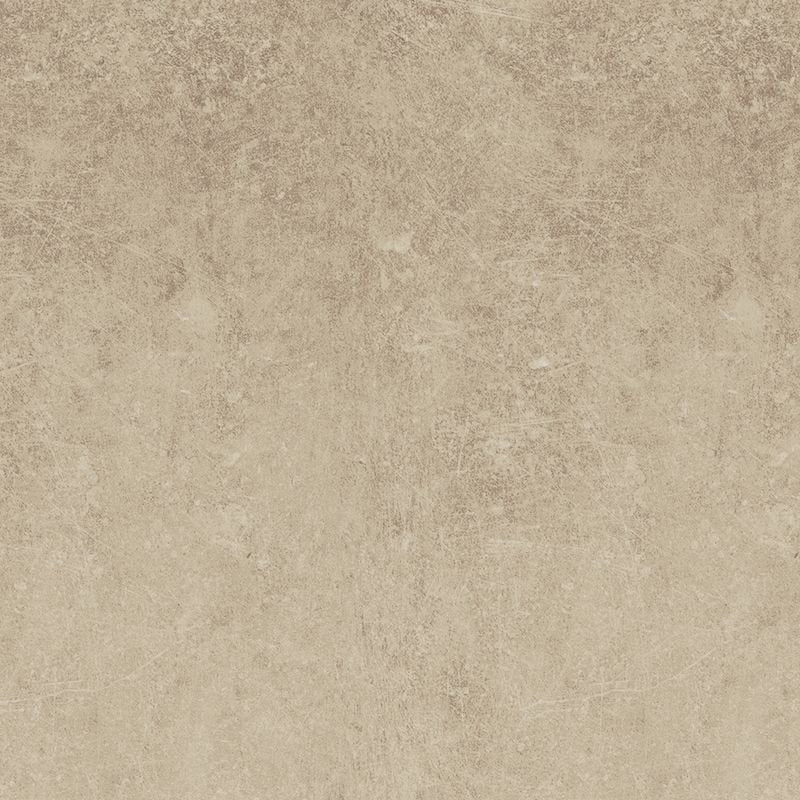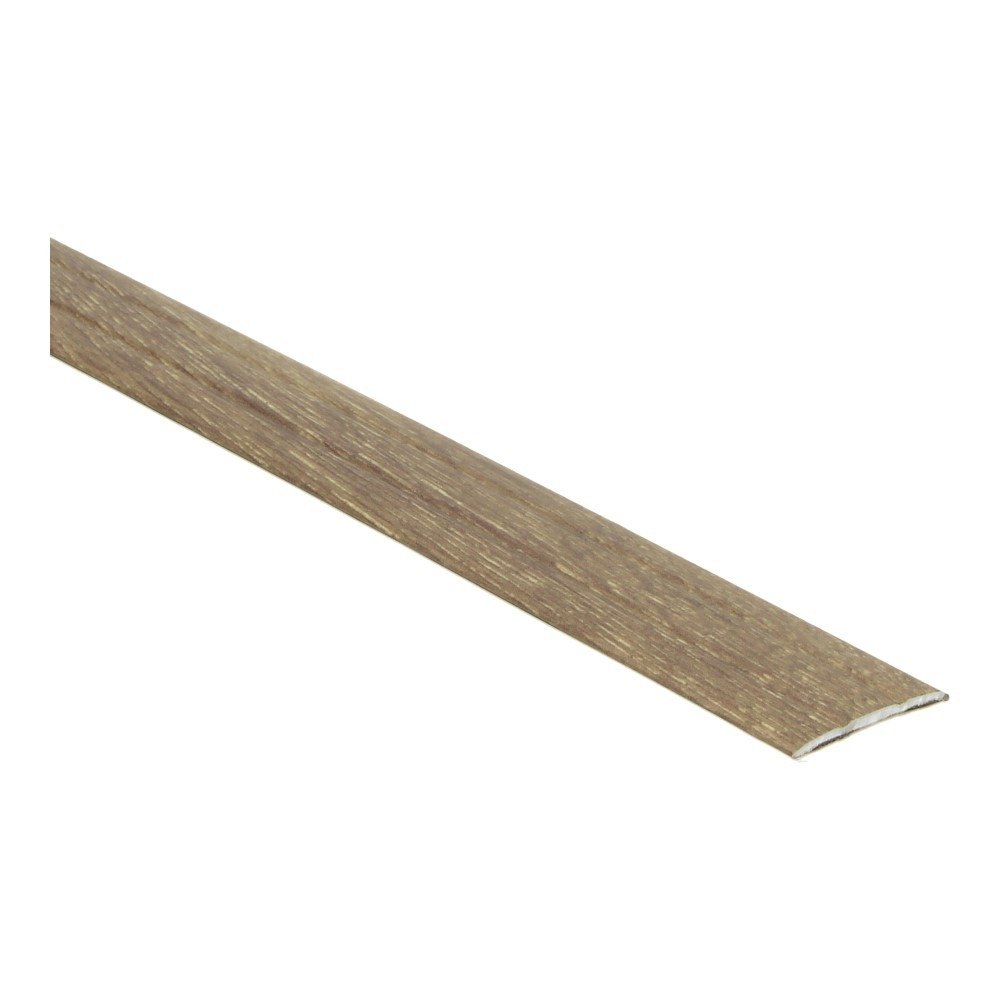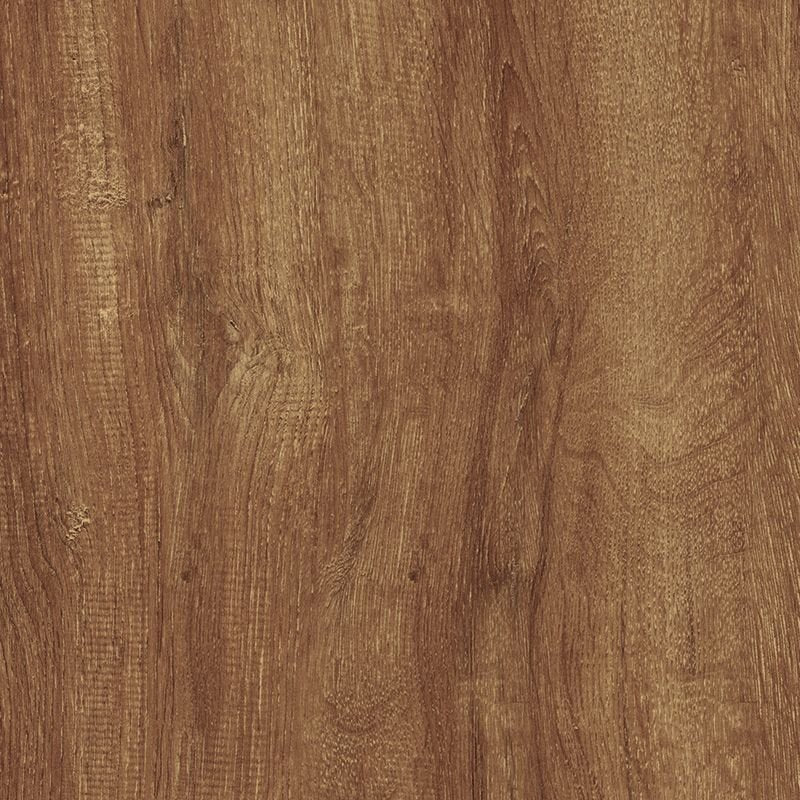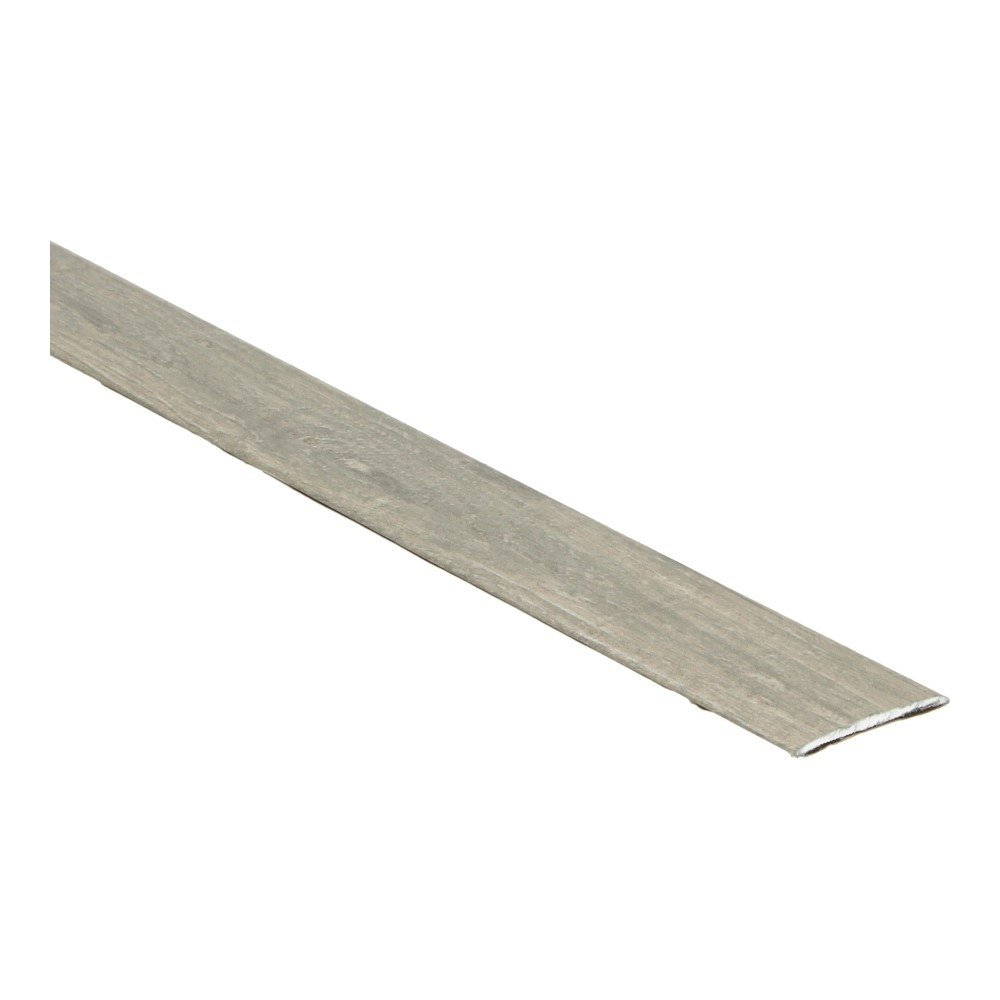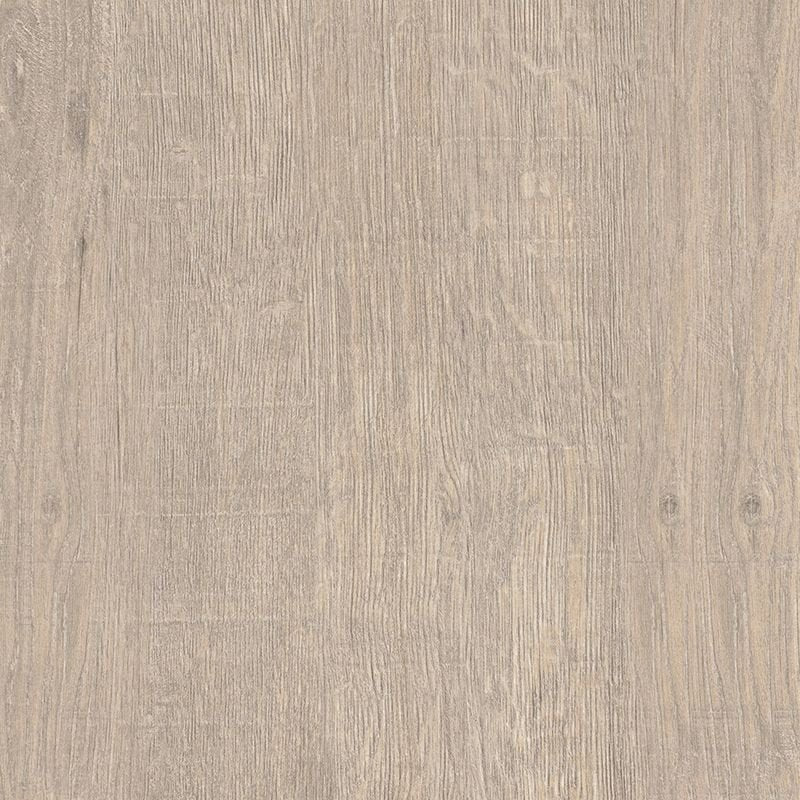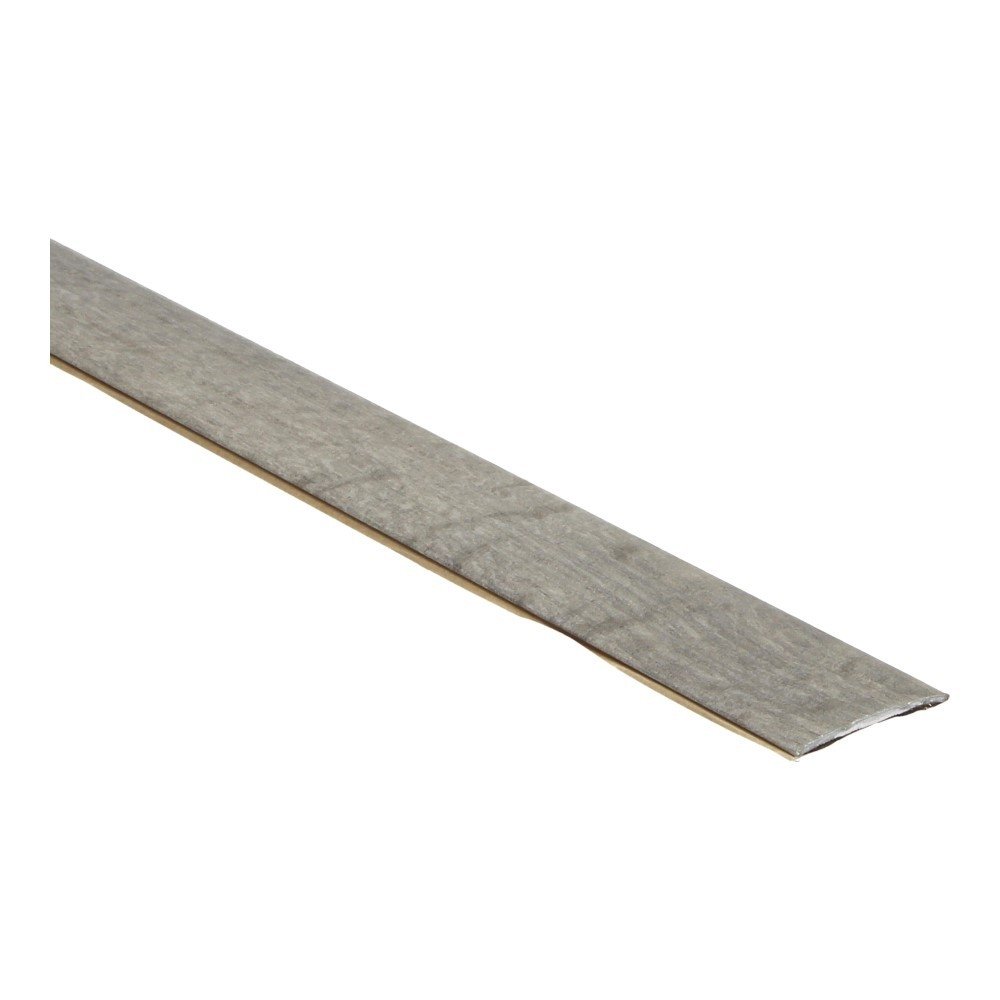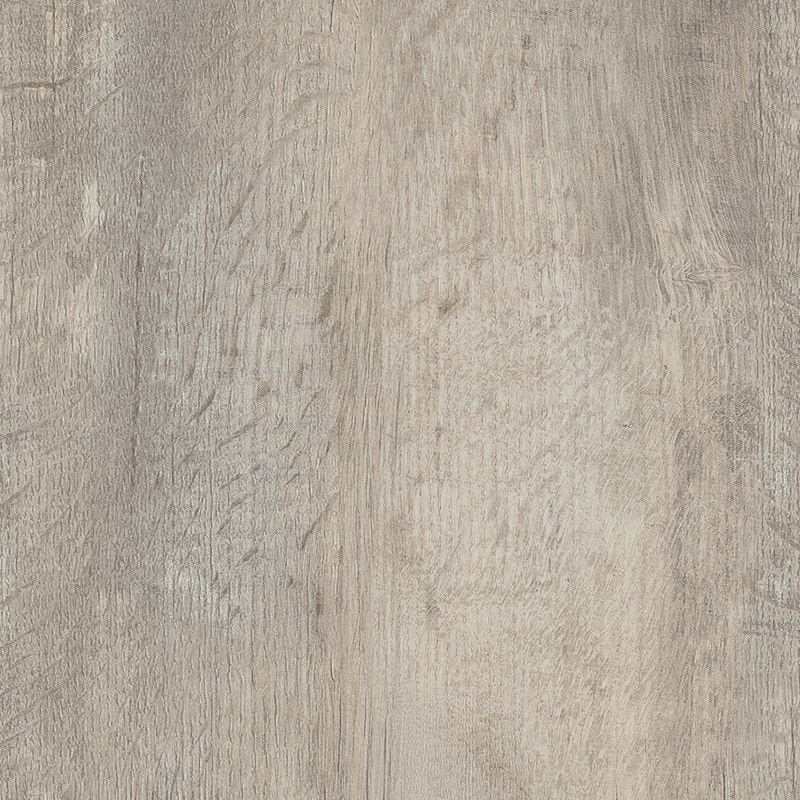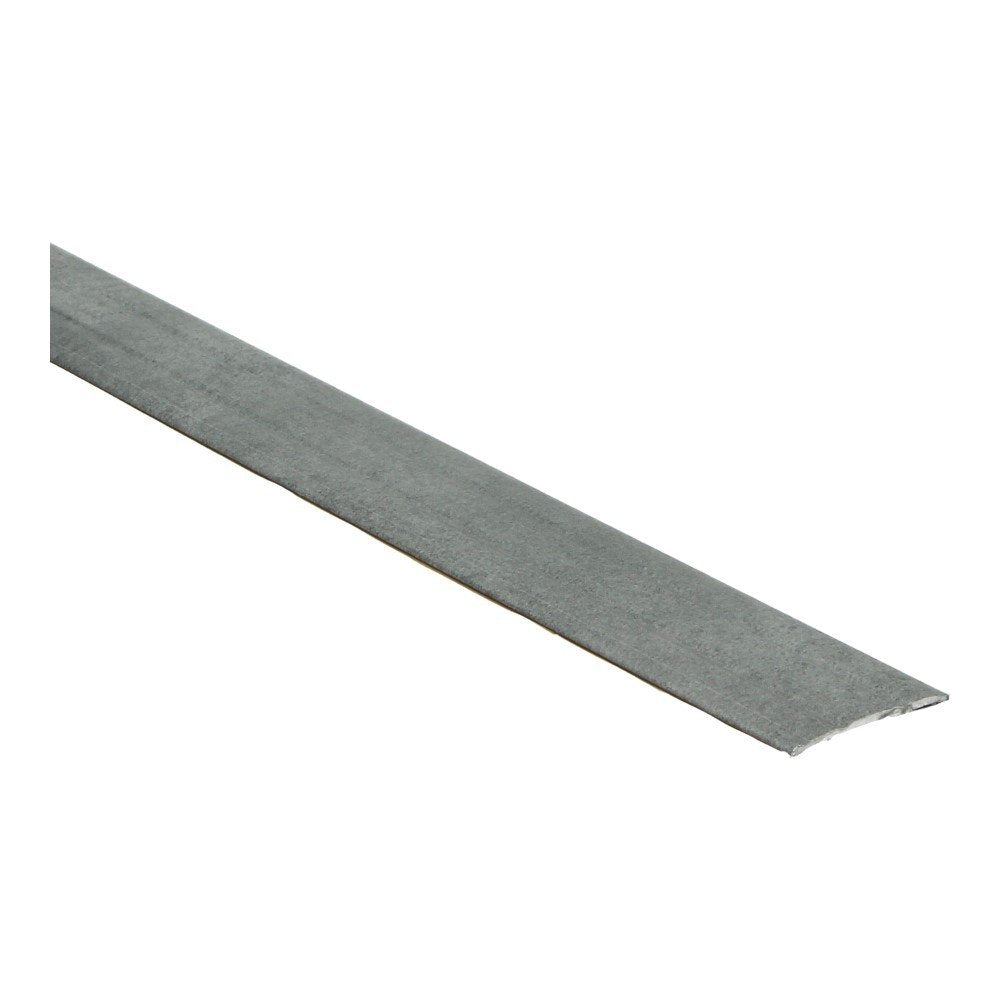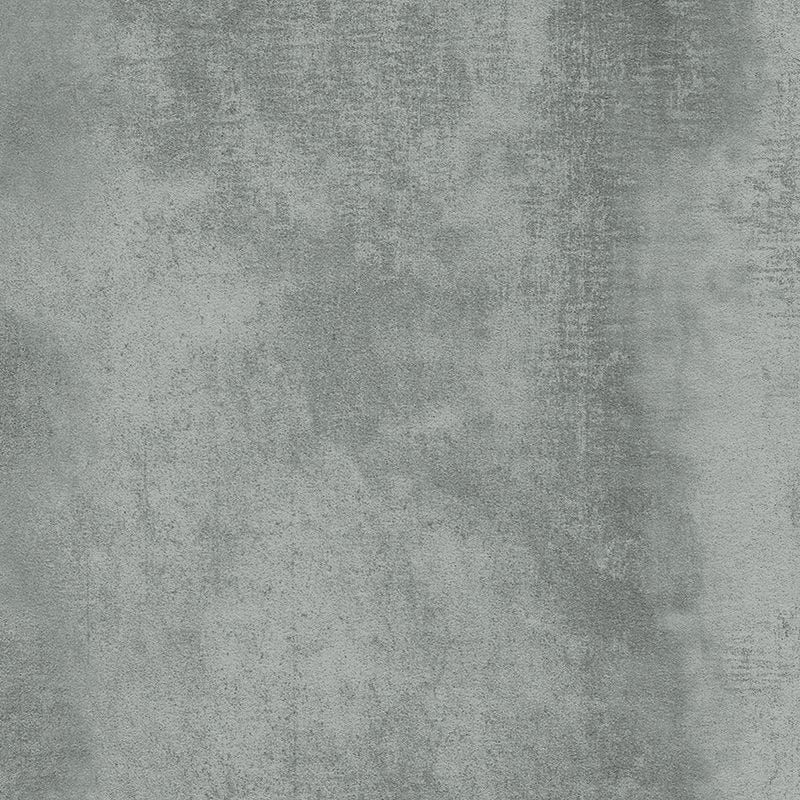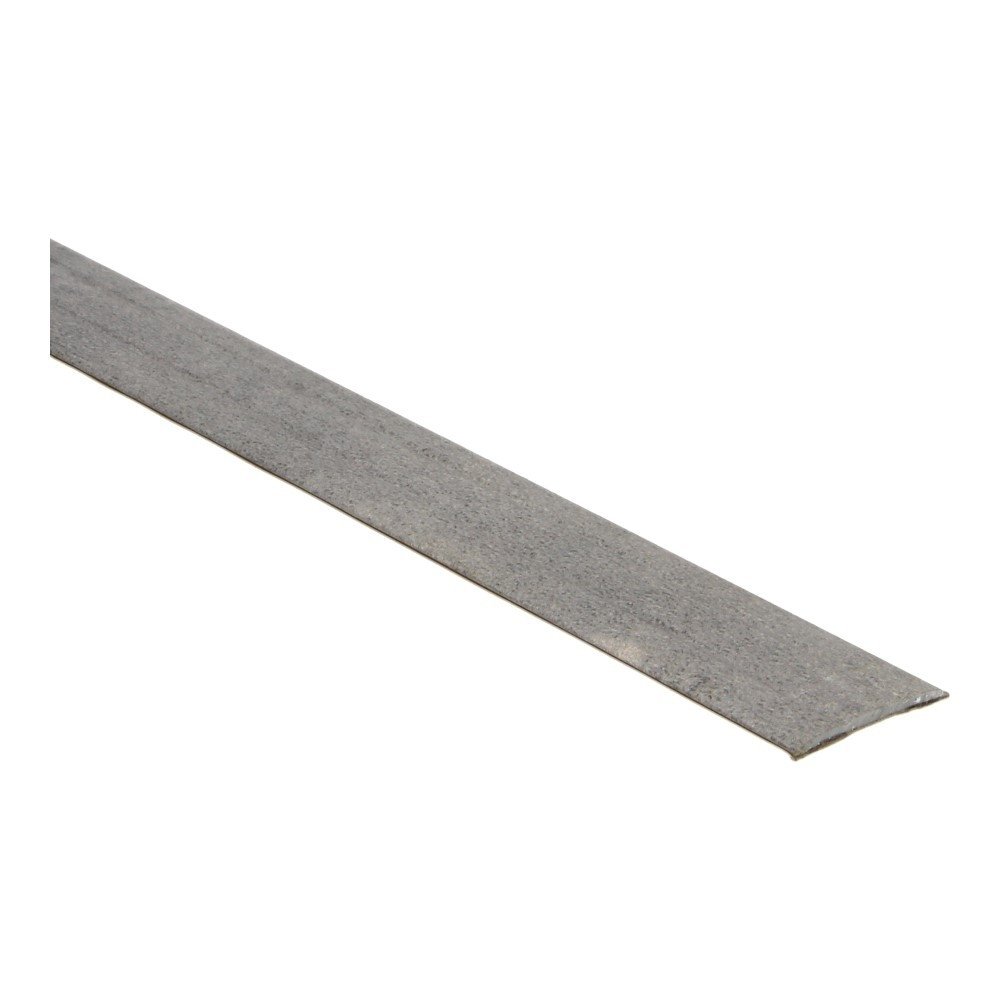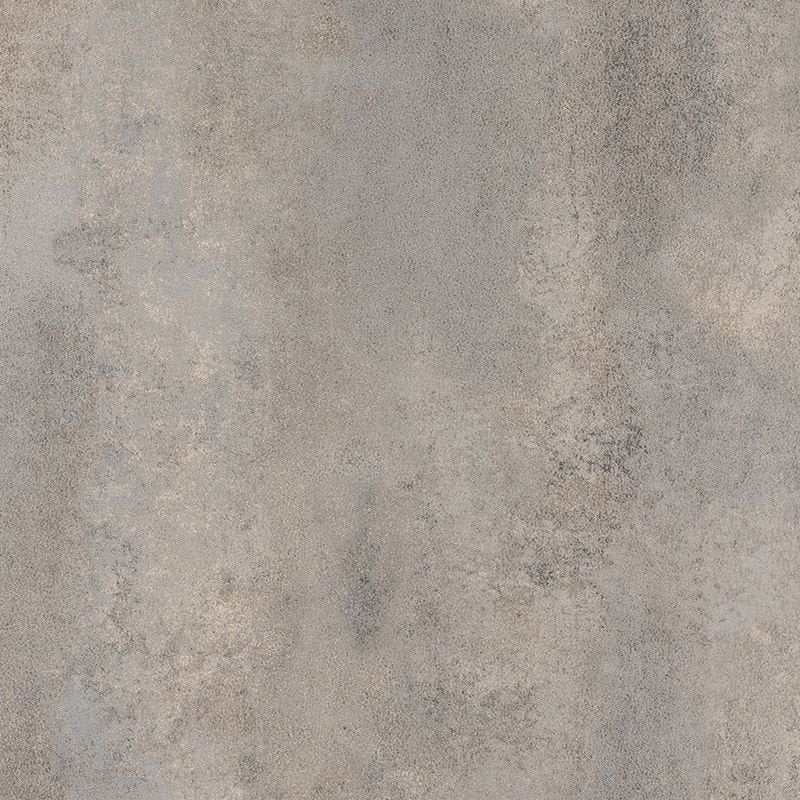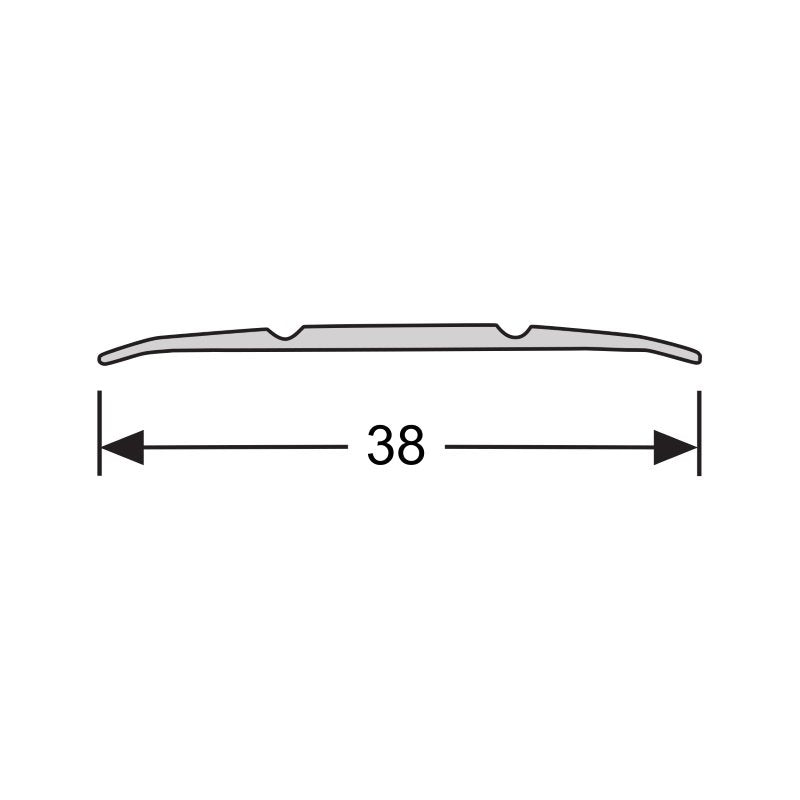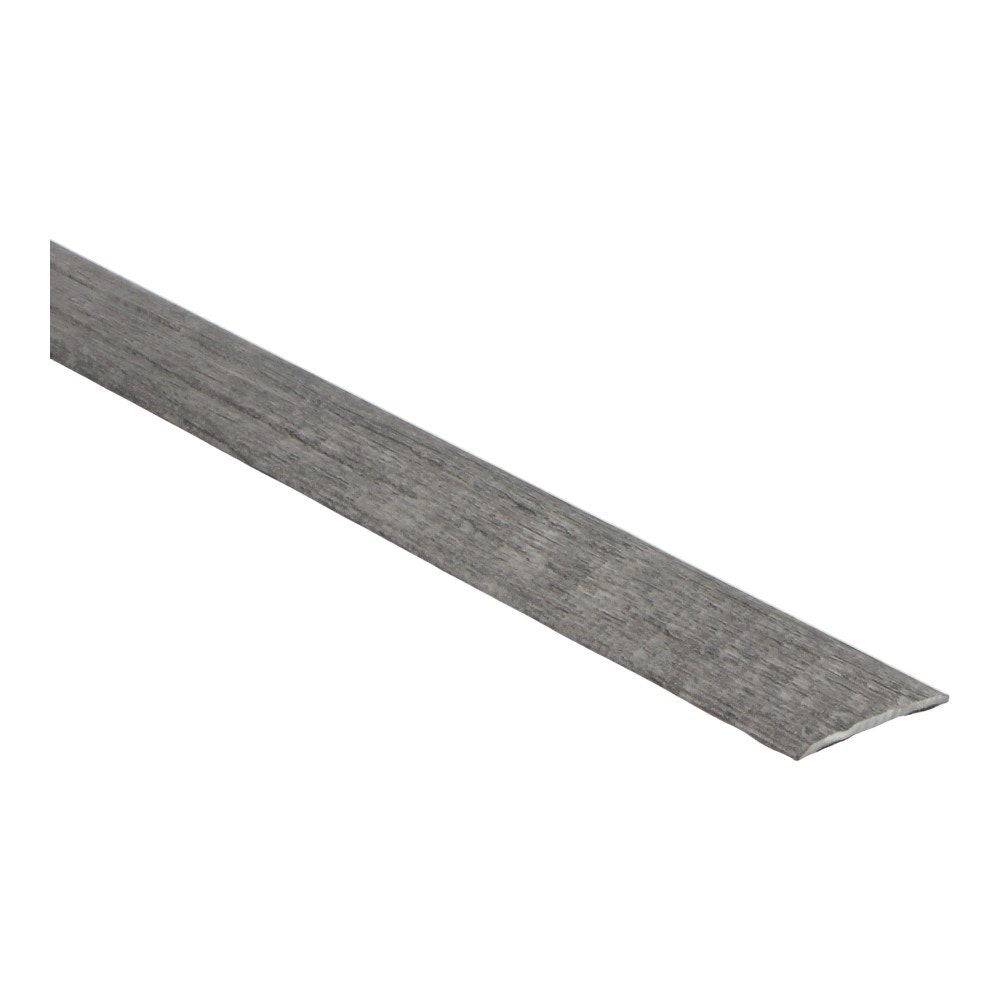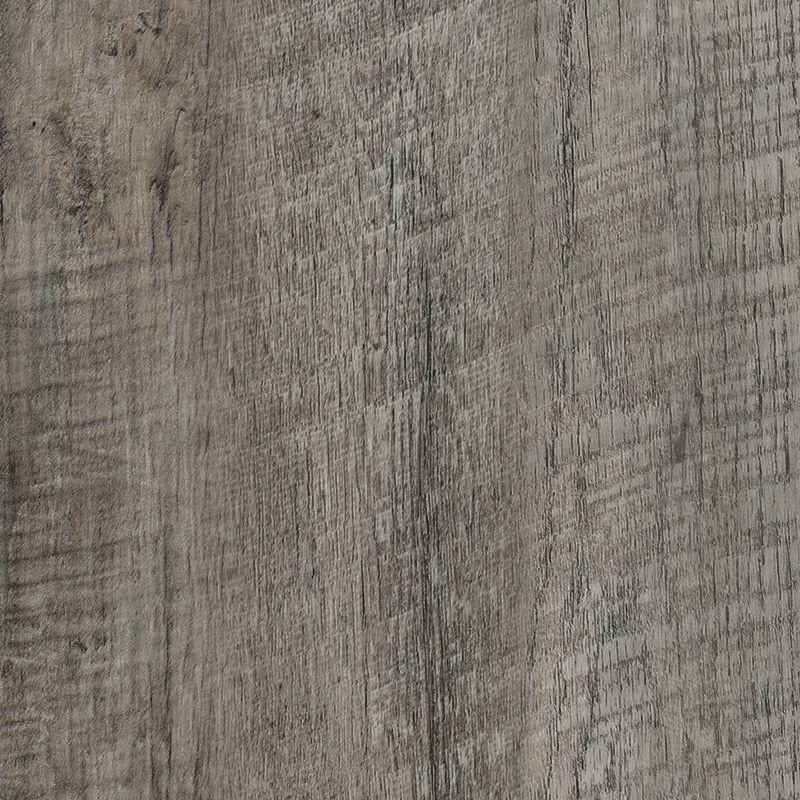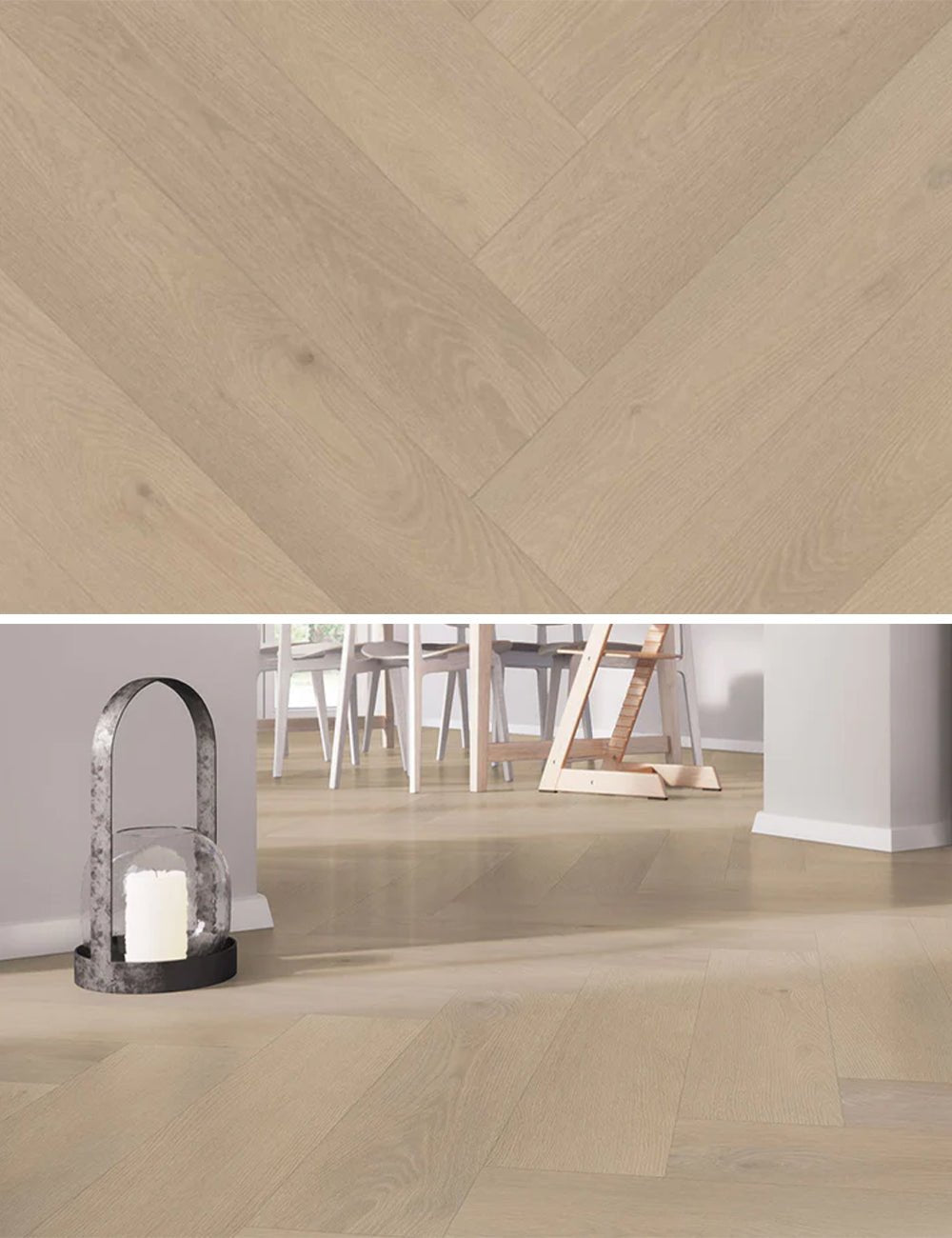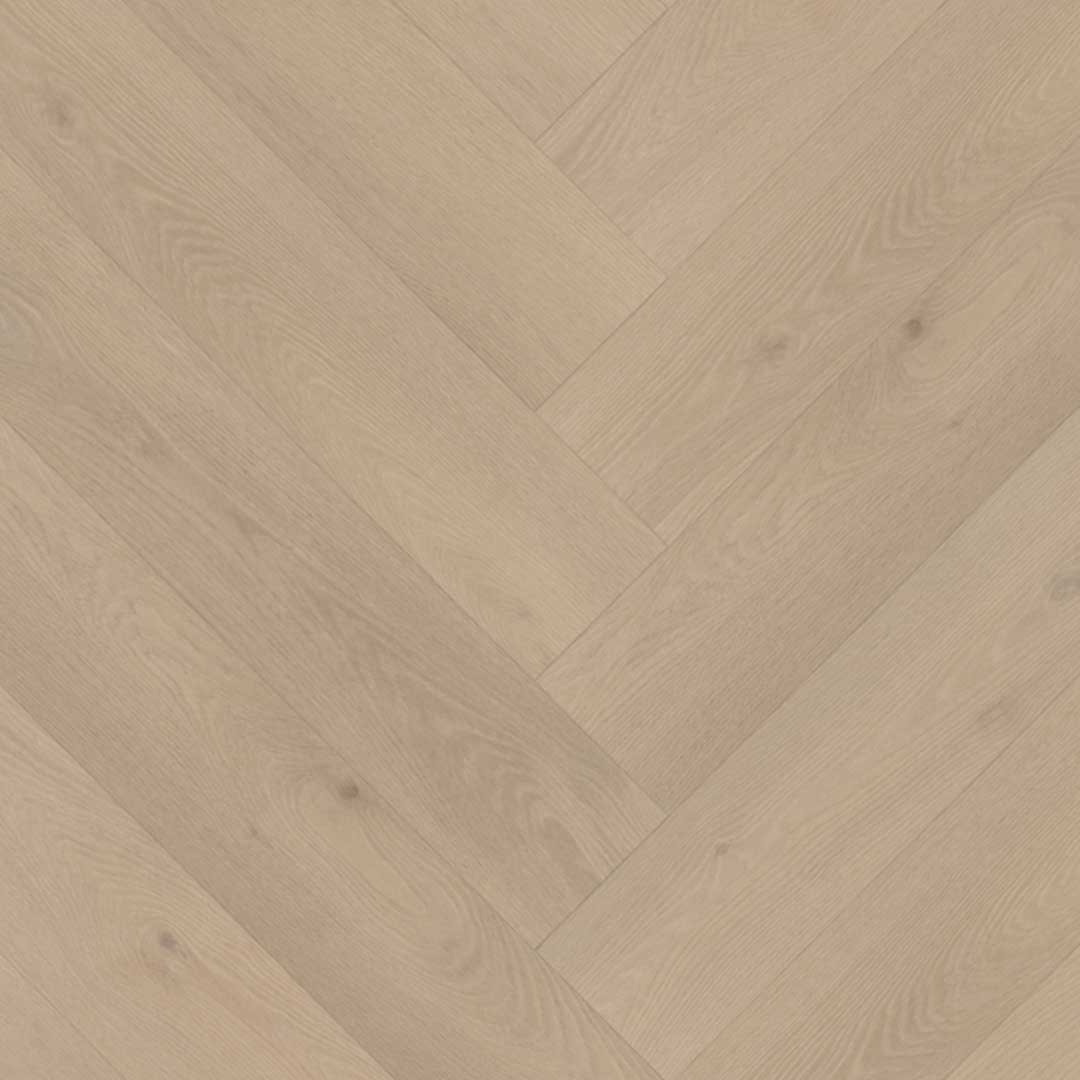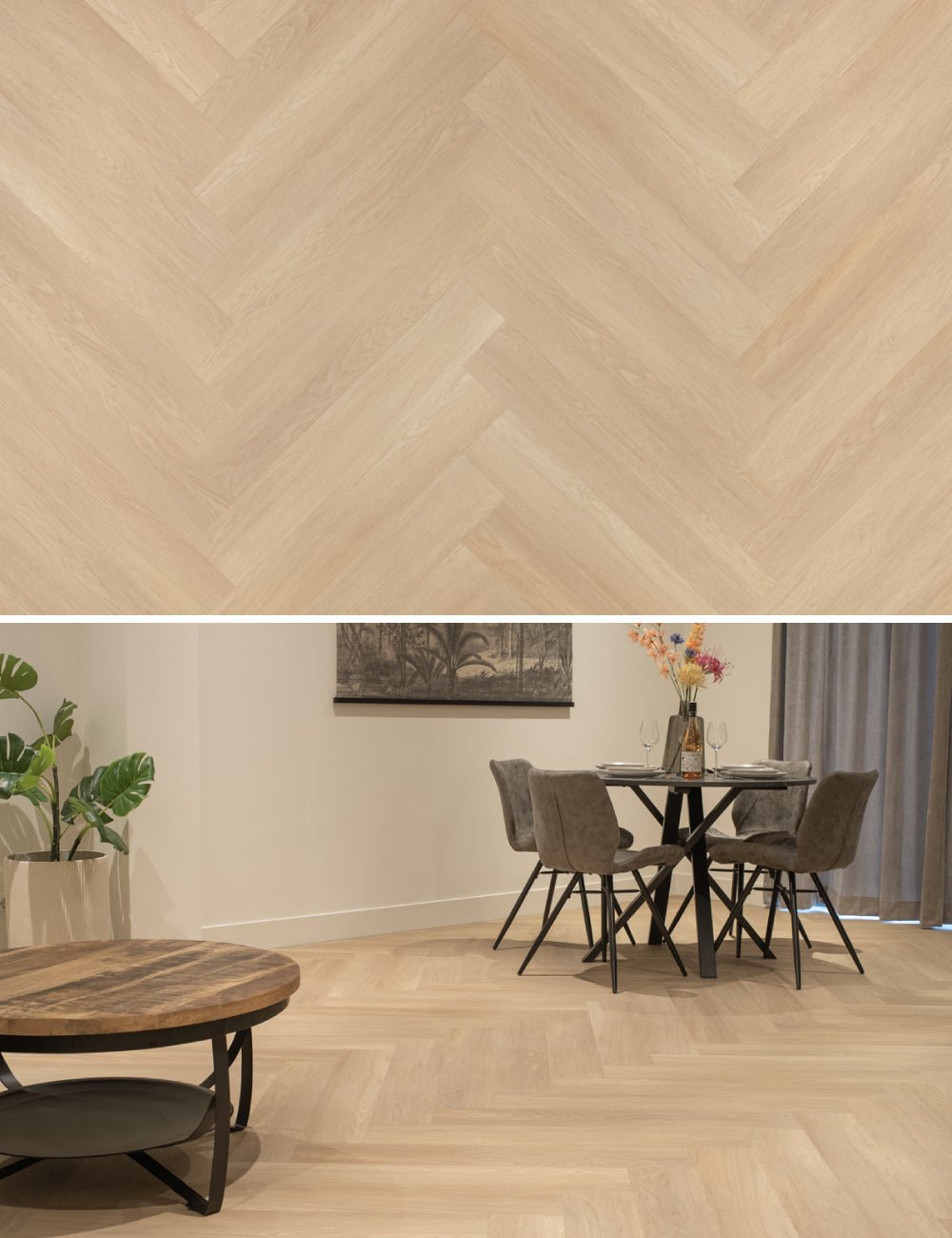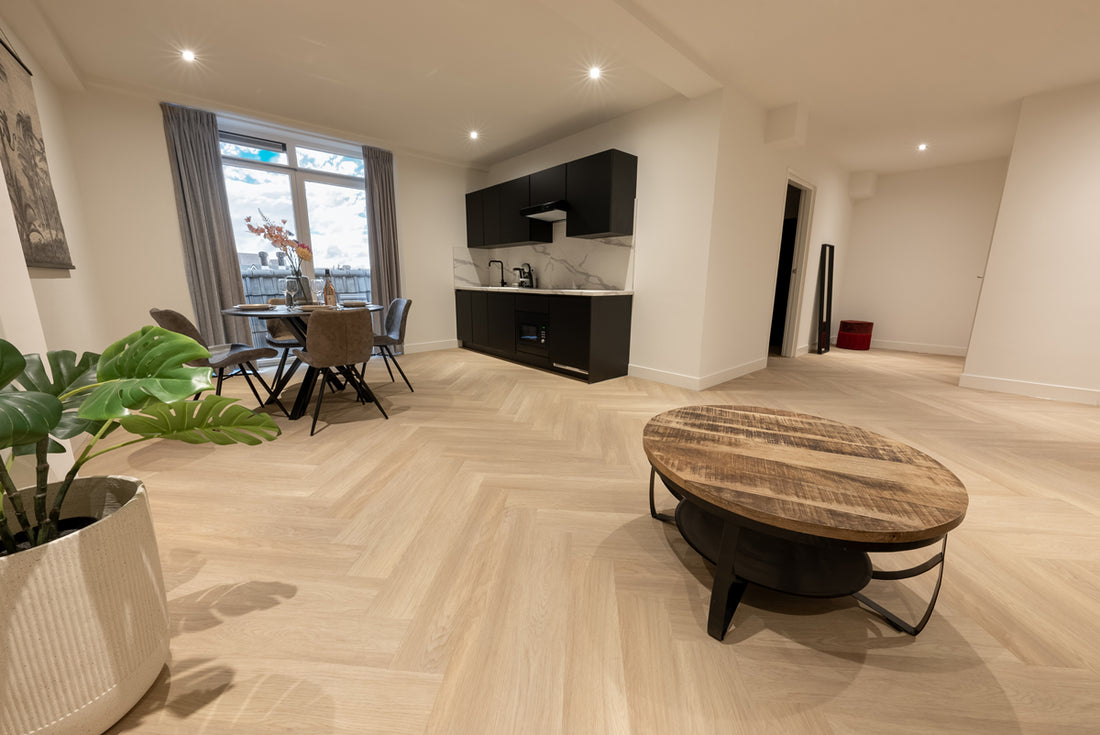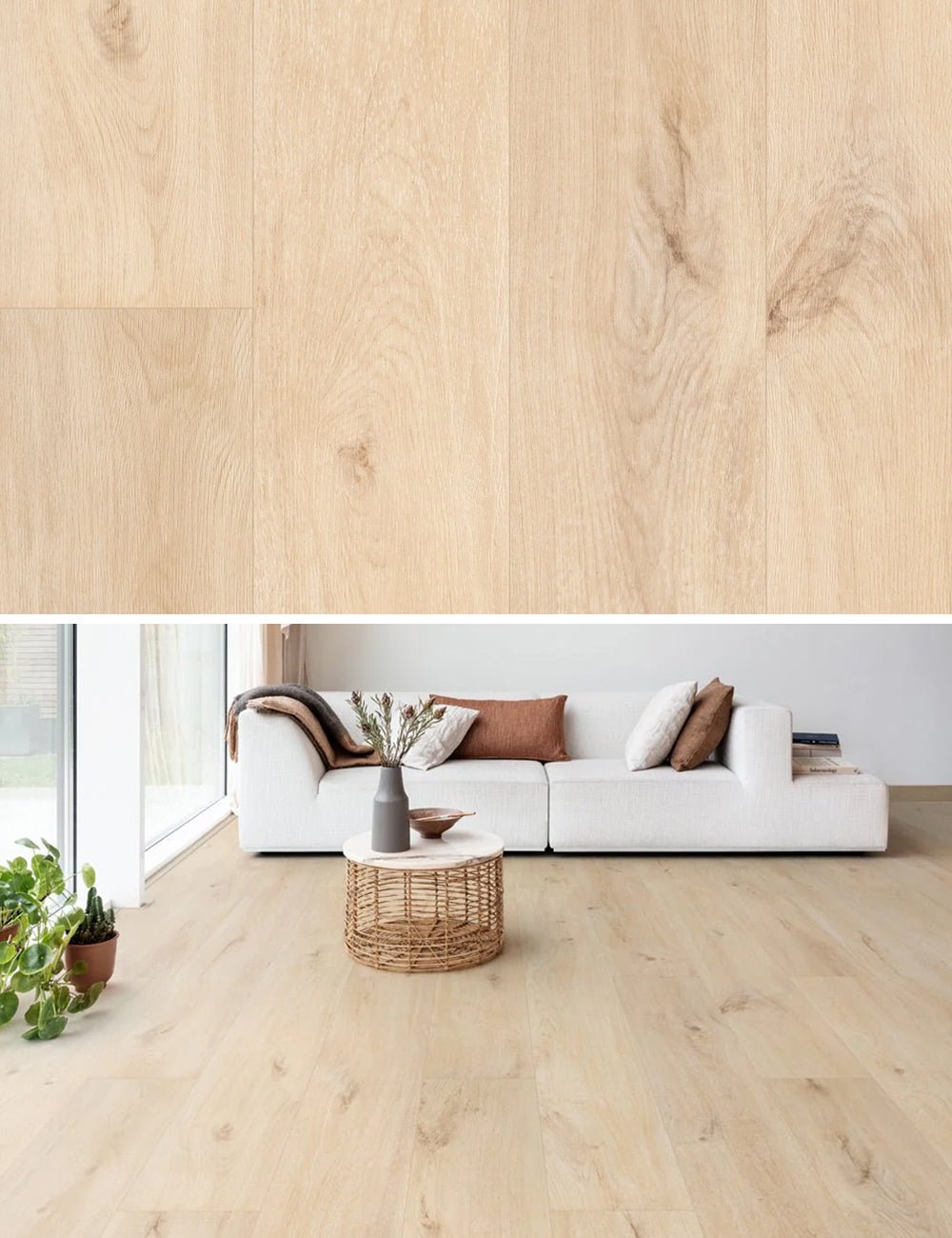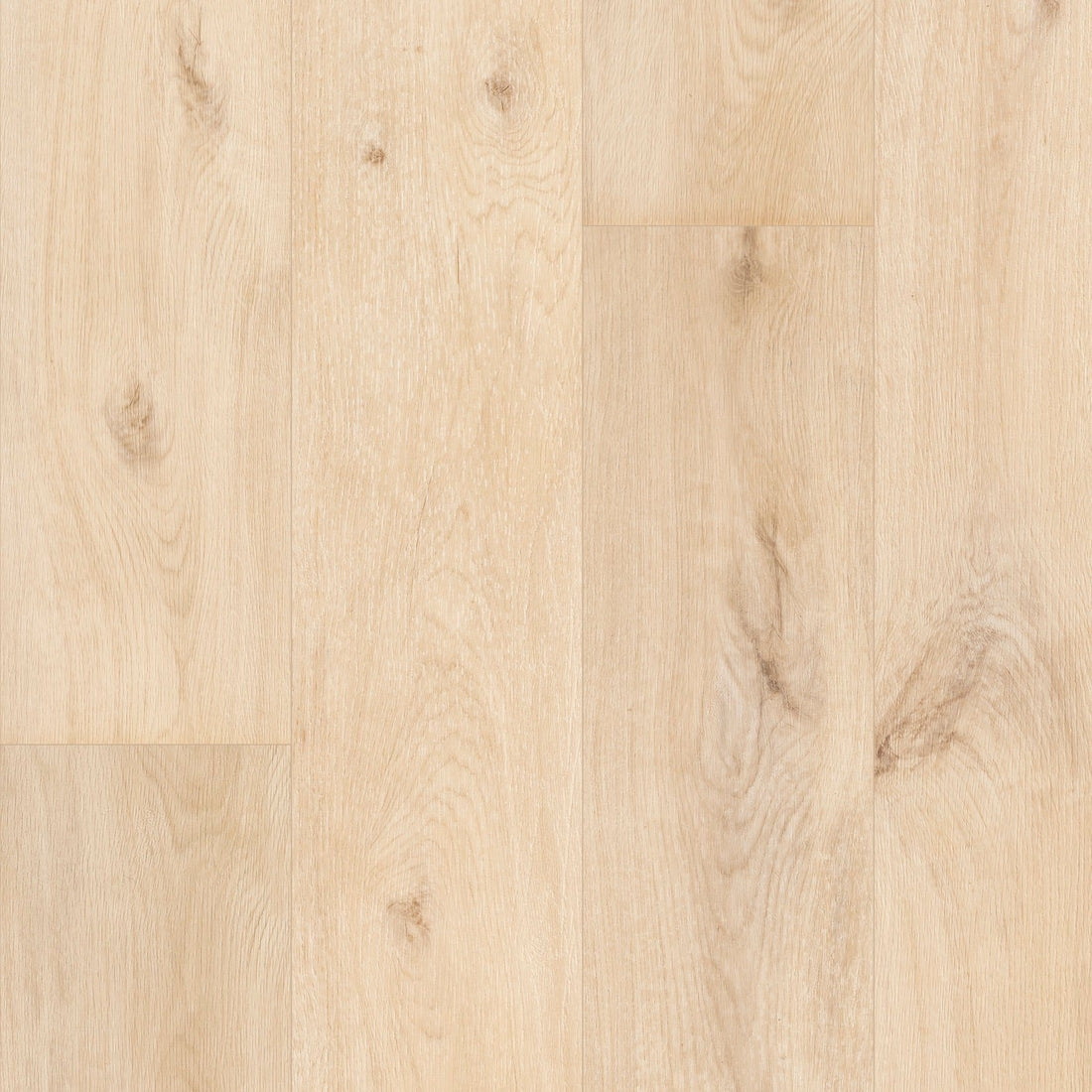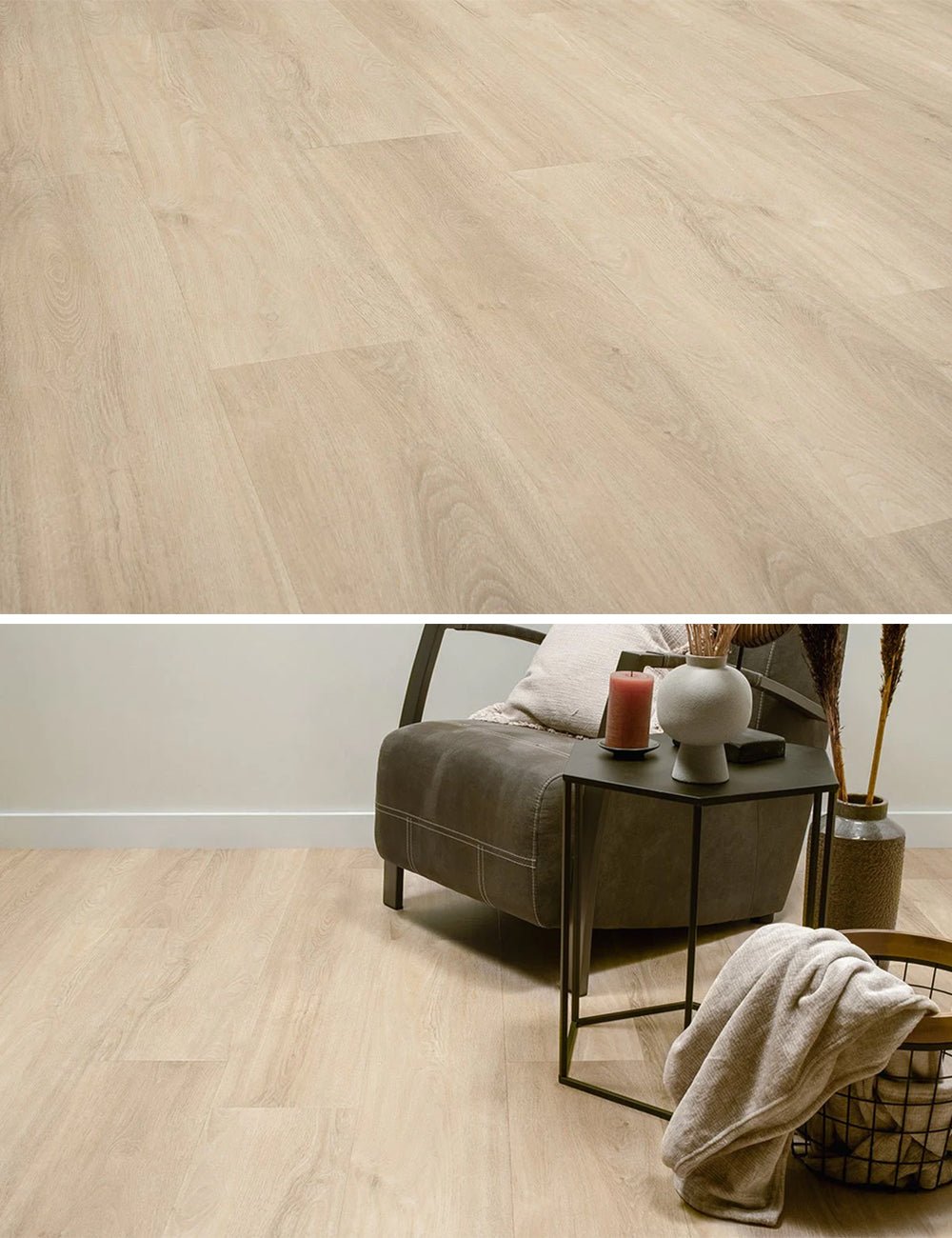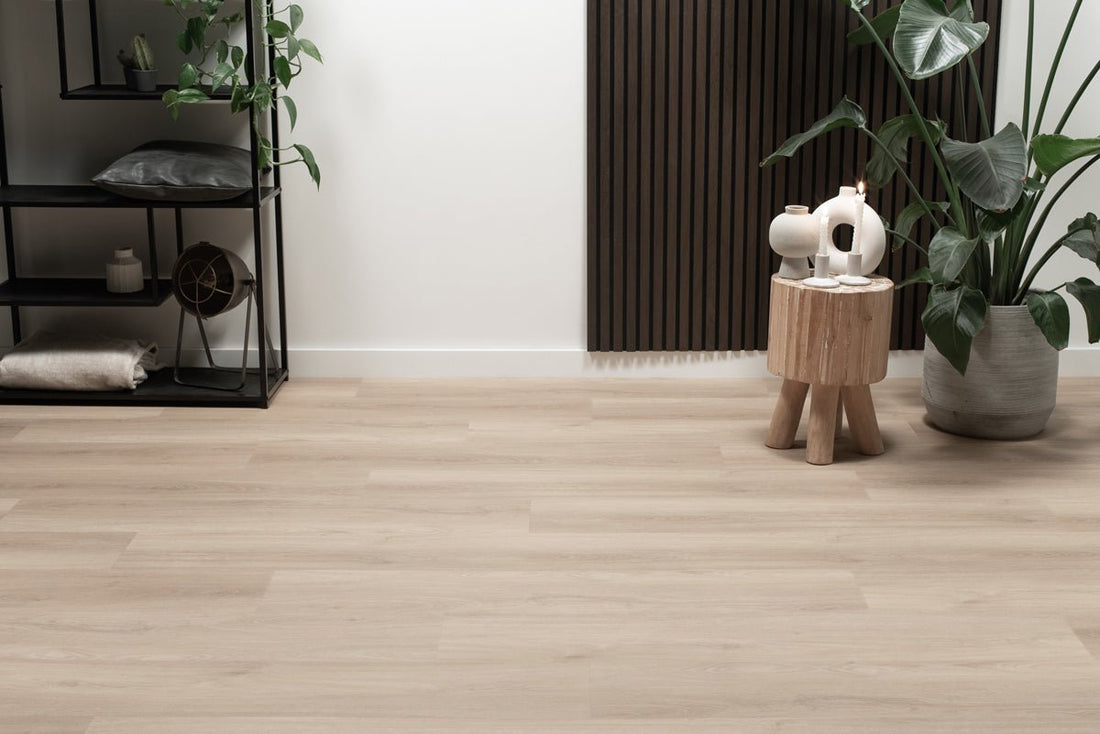Dilatatieprofielen
- Featured
- Best selling
- Alphabetically, A-Z
- Alphabetically, Z-A
- Price, low to high
- Price, high to low
- Date, old to new
- Date, new to old
The advantages of dilation profiles
One of the advantages of our dilation profiles is the availability in different colors. At Solza, we believe that the finish goes down to the details, which is why we offer dilation profiles in different color options. In this way you can match the profile to your floor or interior, and create a harmonious whole. But that's not all! At Solza we also offer adhesive skirting boards in the same colours as our expansion profiles. This allows you to create a consistent and cohesive look in your space, with both the transitions and the baseboards perfectly matched.
In addition to their aesthetic aspects, our dilation profiles also offer functional advantages. They are made of durable materials that are resistant to wear and tear and last a long time. They are easy to clean and maintain, making them a practical choice for both domestic and commercial use. Our expansion profiles are designed to absorb movements and expansions in the floor, which can extend the life of your floor and prevent damage due to temperature changes.
For all kinds of floors
Our expansion profiles are suitable for different types of floors. Whether you have a wooden floor, laminate, PVC, vinyl, tiles or any other floor covering, our expansion profiles can be applied to seamlessly and aesthetically bridge the transitions between these different floor surfaces. They offer flexibility and room to move, which is essential to absorb tensions and expansions in the floor. Whether you have a living space, office, shop or any other commercial space, our dilation profiles are a practical and functional choice to protect your floors and give them a professional finish.
Häufig gestellte Fragen zu Dilatatieprofielen
Was ist ein Expansionsprofil?
Ein Dehnungsprofil ist ein spezielles Profil, das zum Auffangen von Ausdehnungen und Zusammenziehungen von Böden, Wänden oder anderen Baustrukturen verwendet wird. Dadurch wird verhindert, dass es durch Temperaturschwankungen oder Bewegungen im Untergrund zu Rissbildungen und Beschädigungen kommt.
Wo werden Dehnungsprofile eingesetzt?
Dehnungsprofile werden häufig in Betonböden, Fliesenböden, Naturstein, Asphalt und Wänden verwendet. In Bereichen mit großen Flächen, wie etwa Parkhäusern, Industriehallen und öffentlichen Gebäuden, sind sie unverzichtbar.
Warum sind Dehnungsprofile notwendig?
Materialien wie Beton und Fliesen dehnen sich aufgrund von Temperaturänderungen aus und ziehen sich zusammen. Ohne Dehnungsprofile können Risse entstehen, die zu Schäden am Boden oder an der Konstruktion führen.
Wie werden Dehnungsprofile montiert?
Dehnungsprofile werden beim Bau eines Bodens oder einer Wand integriert. Bei Fliesen werden sie zwischen die Kacheln gelegt, während in Betonböden spezielle Profile eingegossen werden können.


